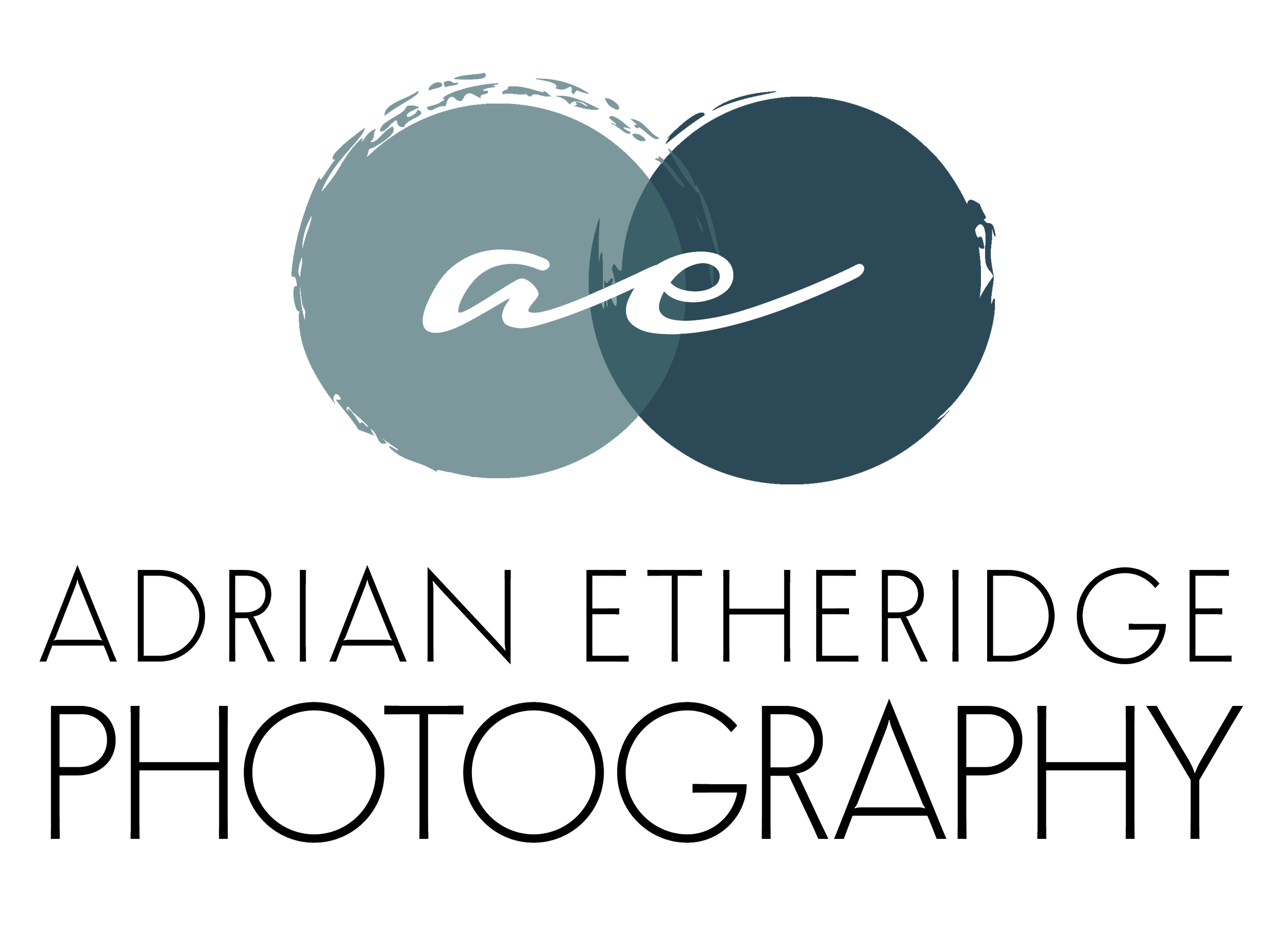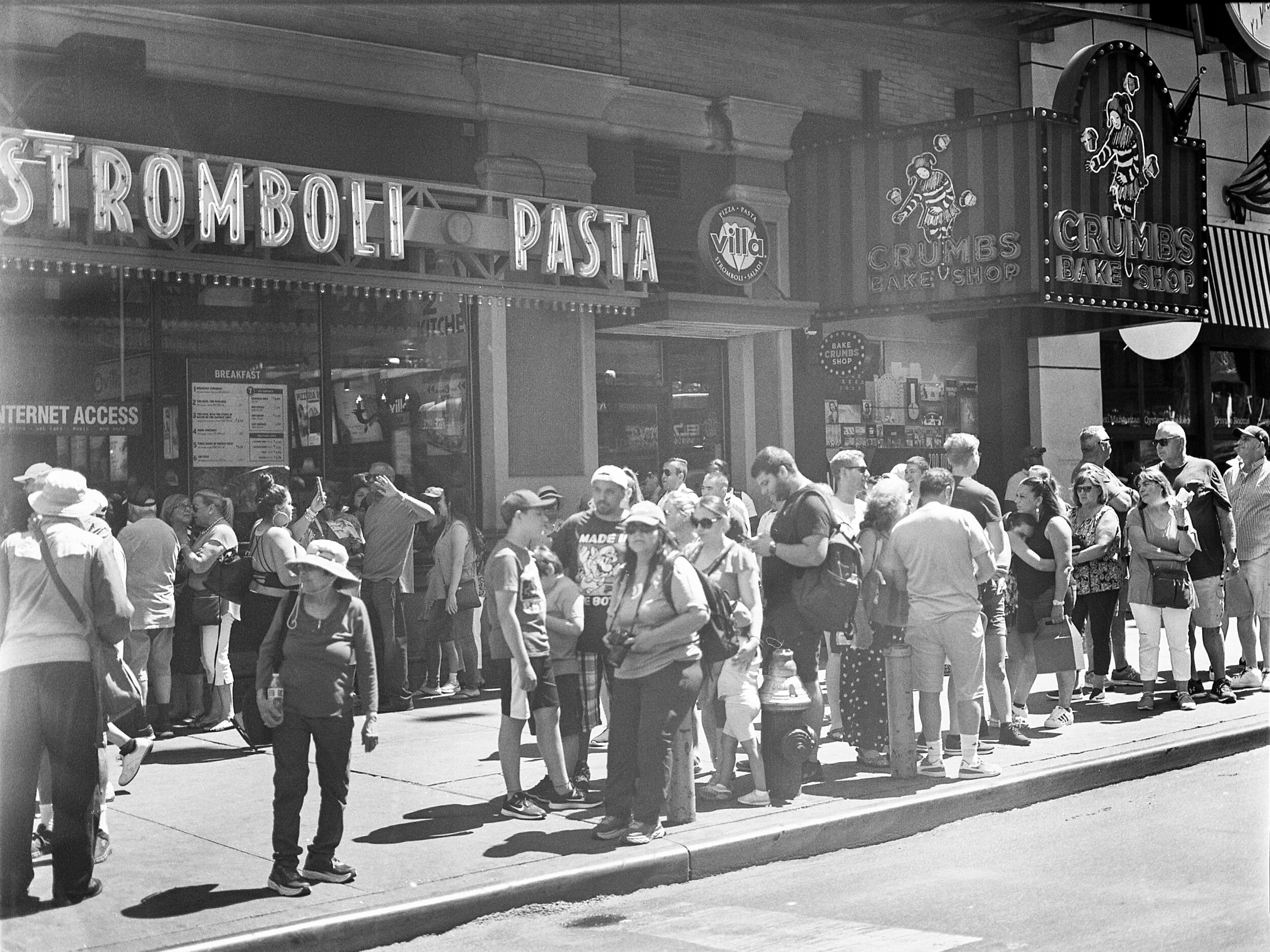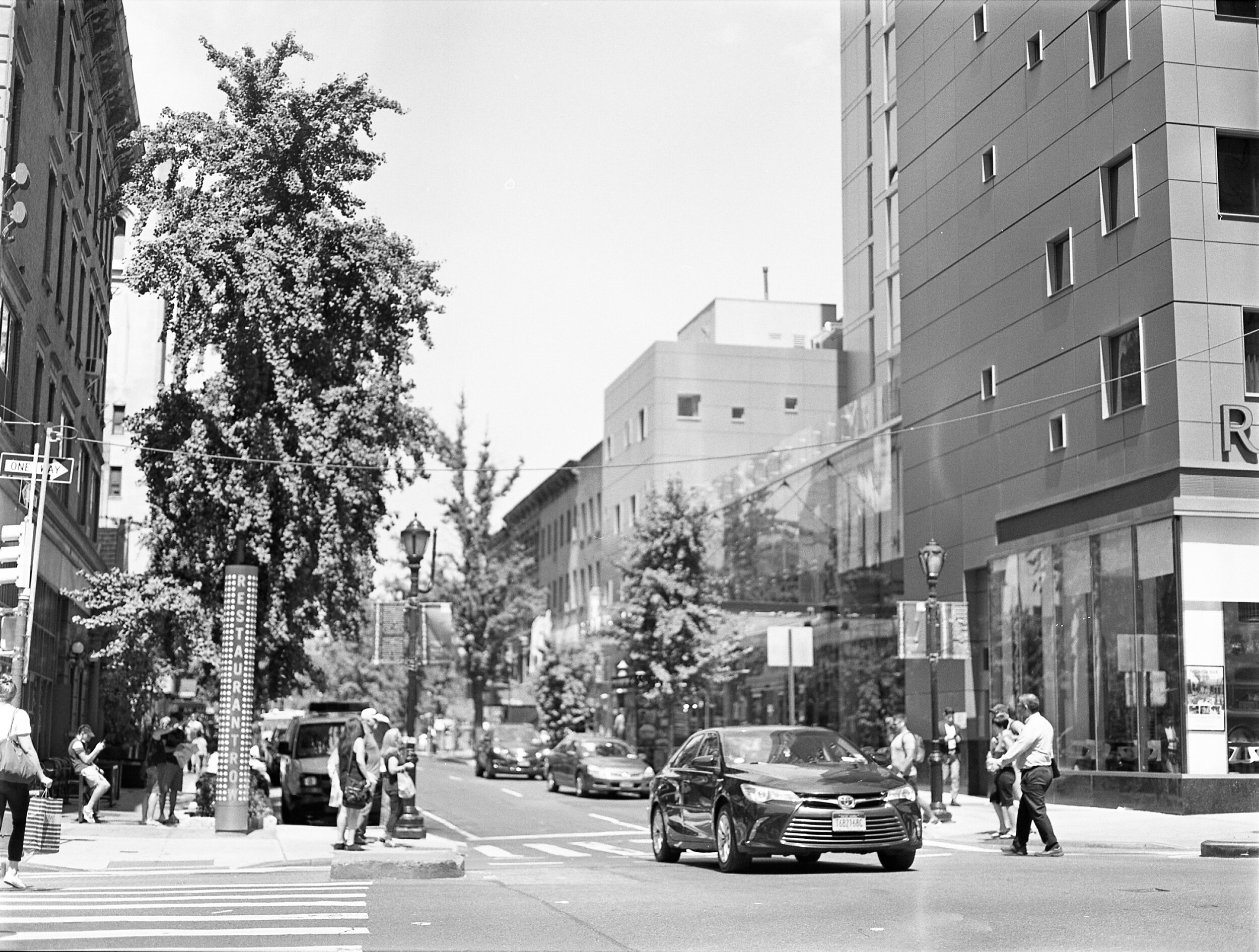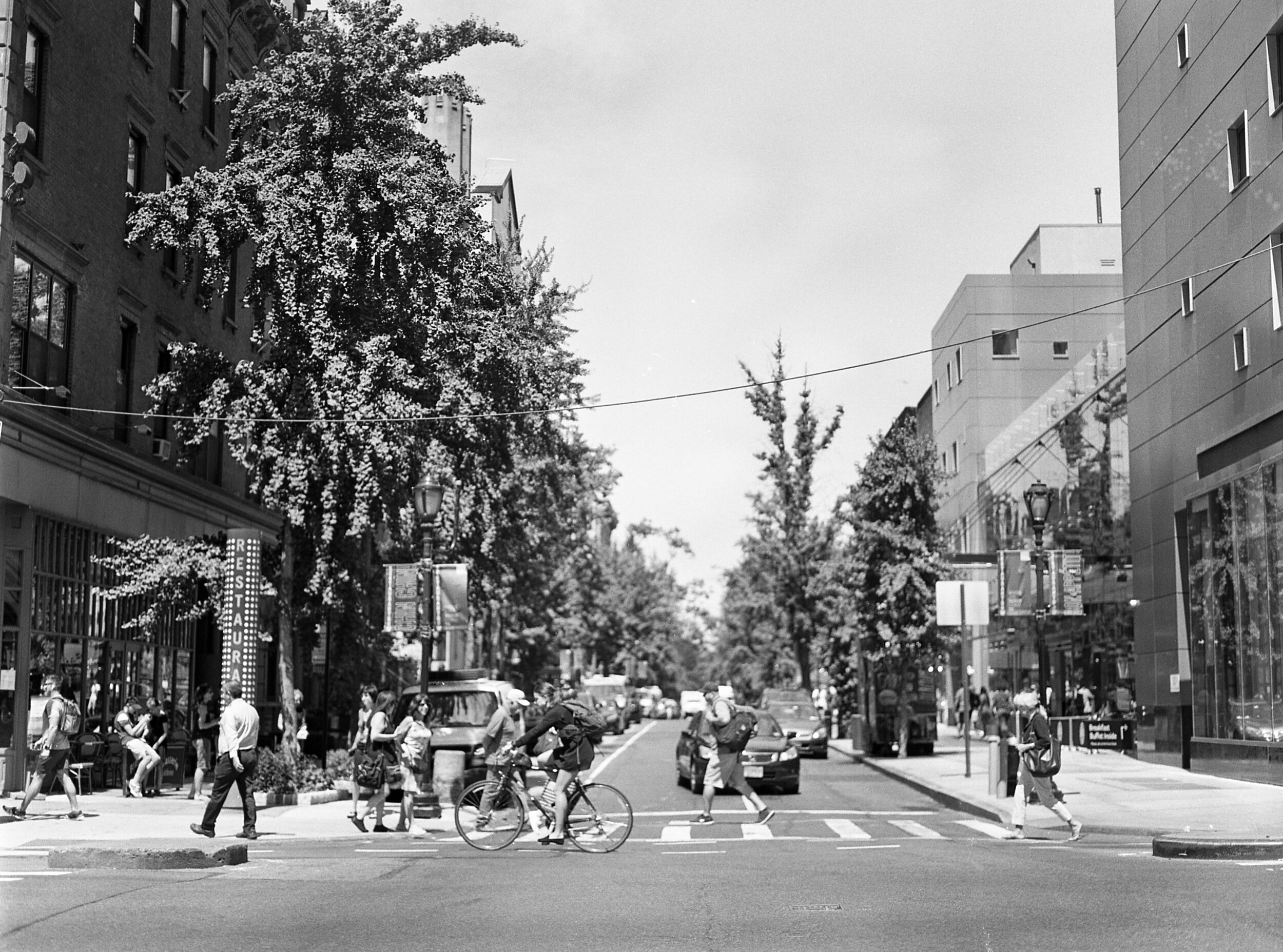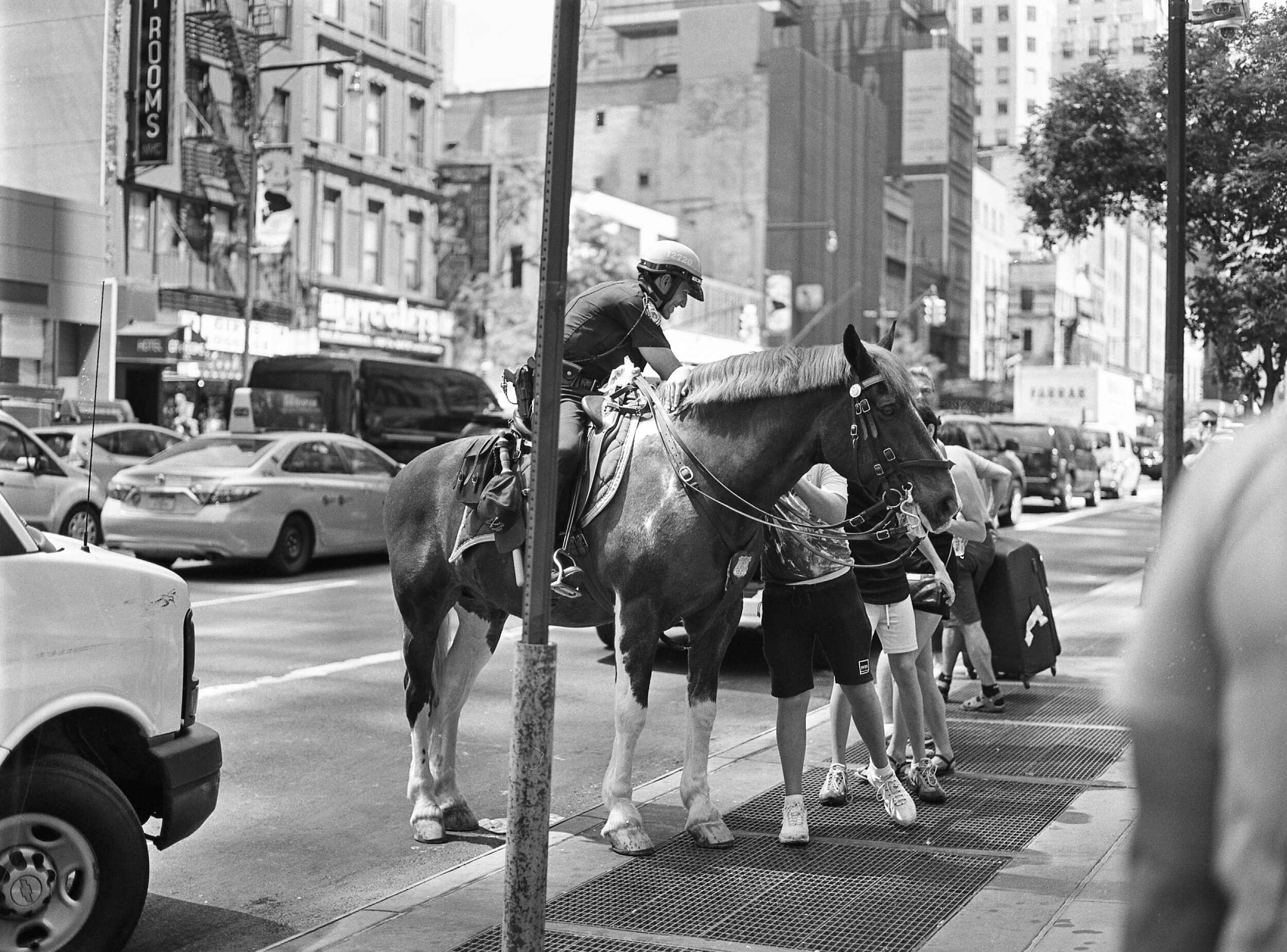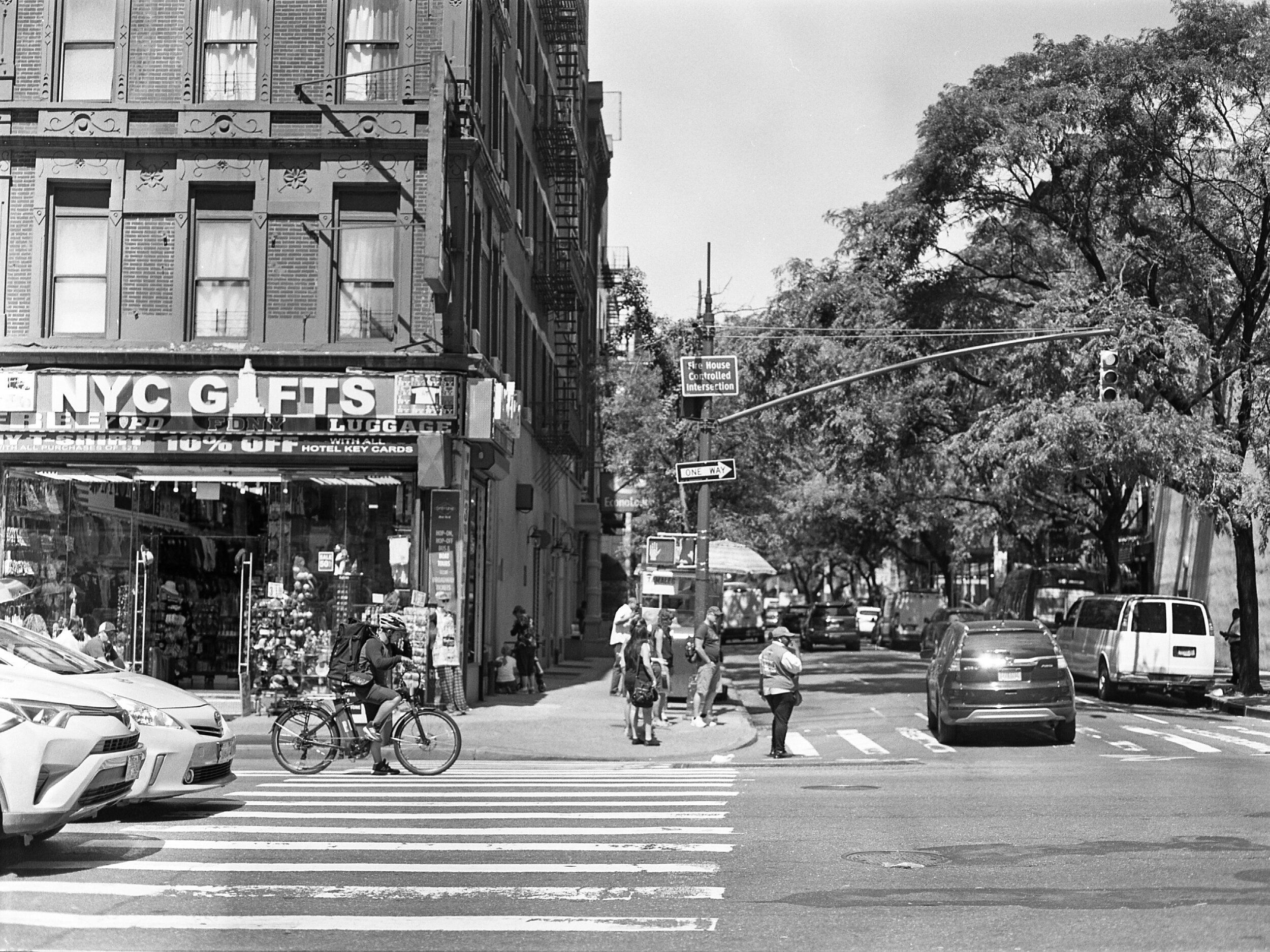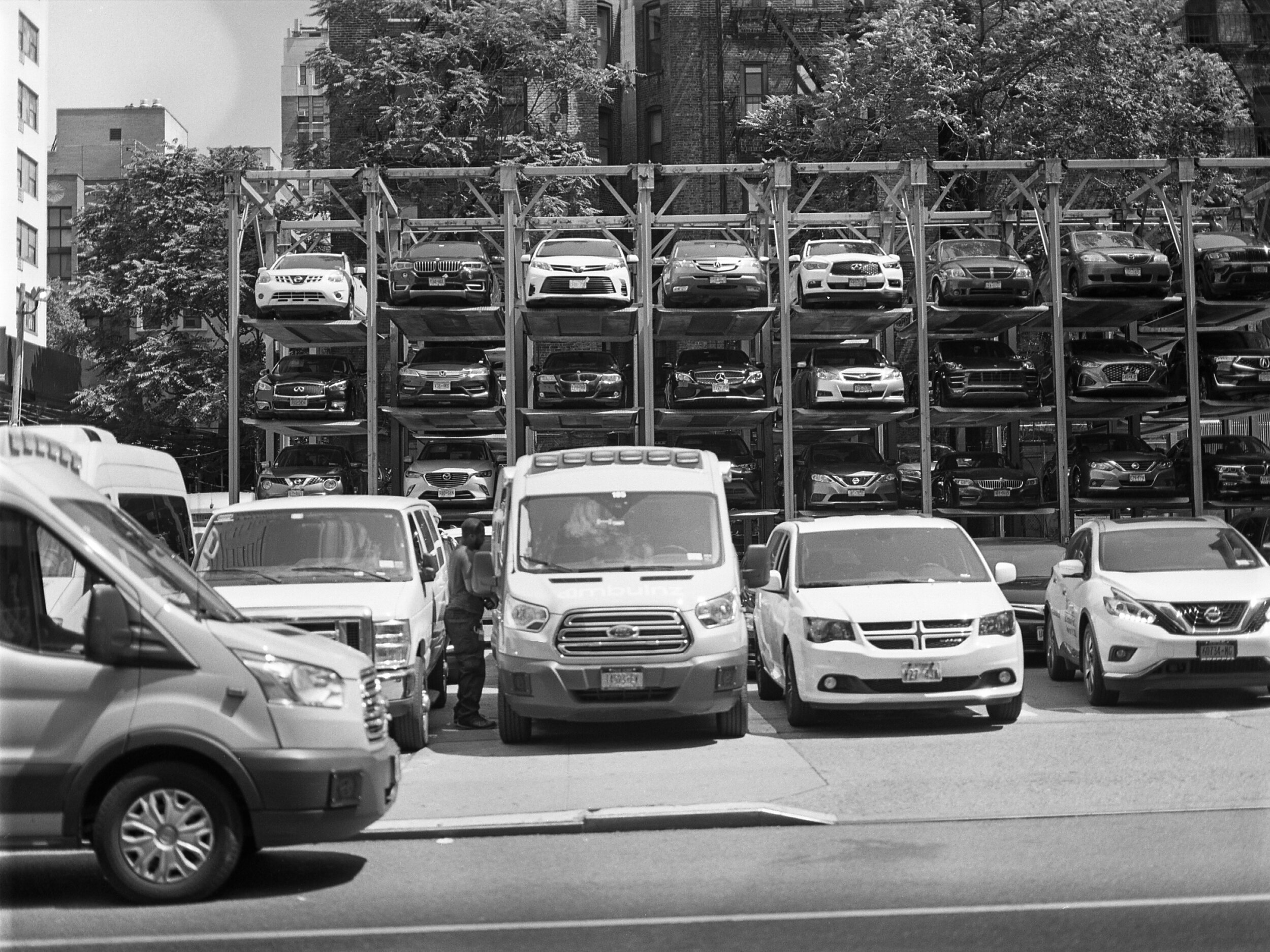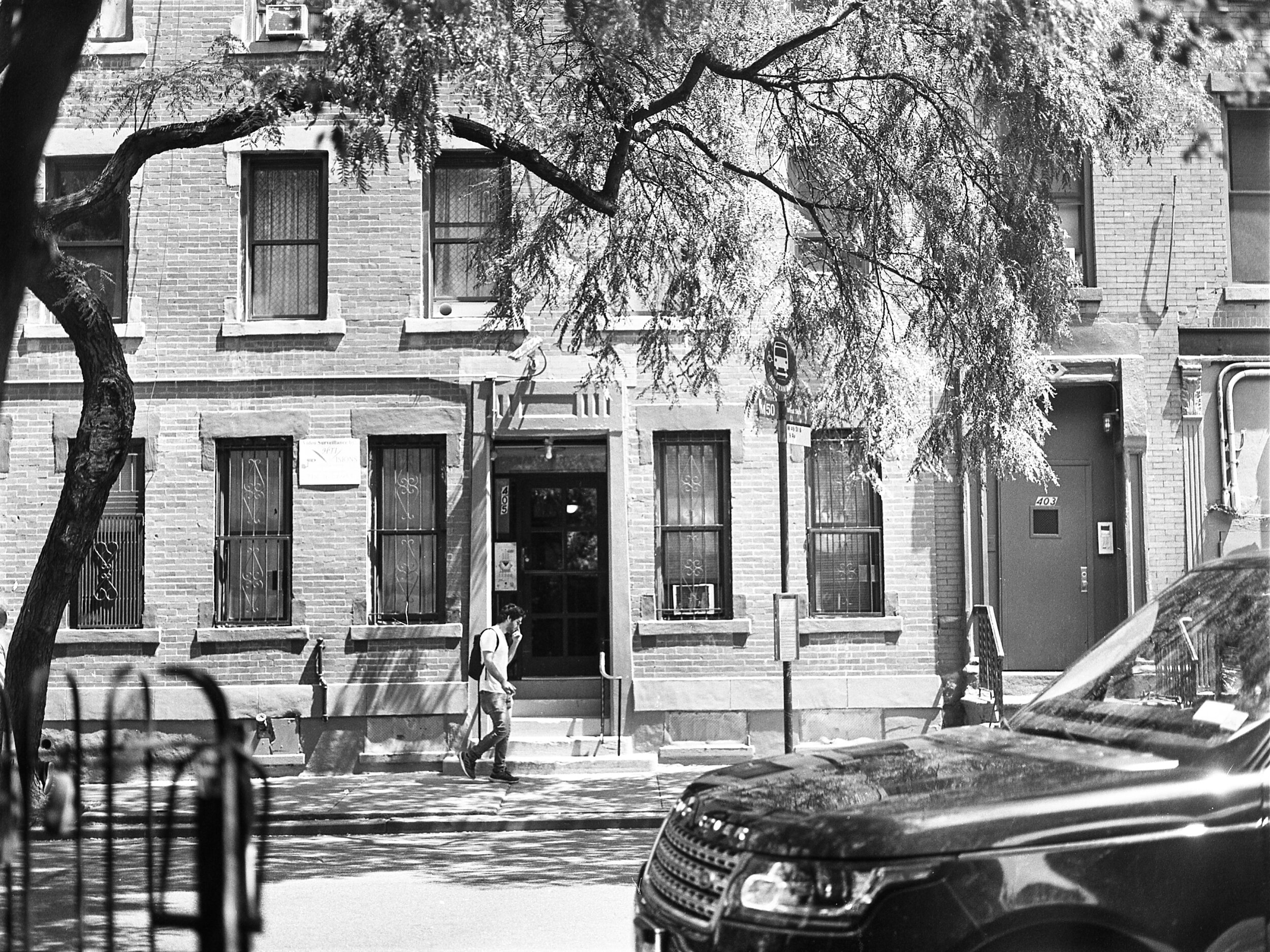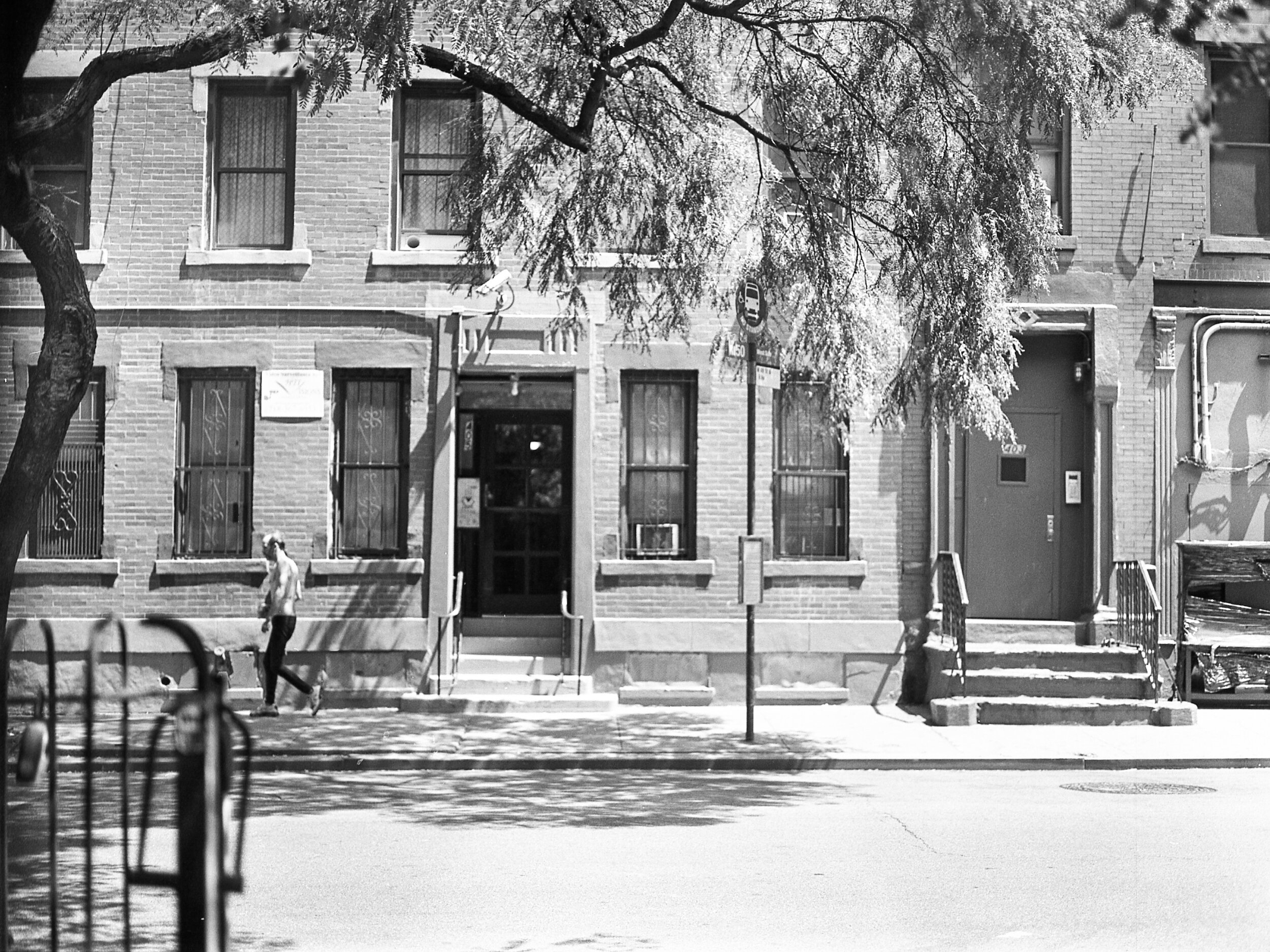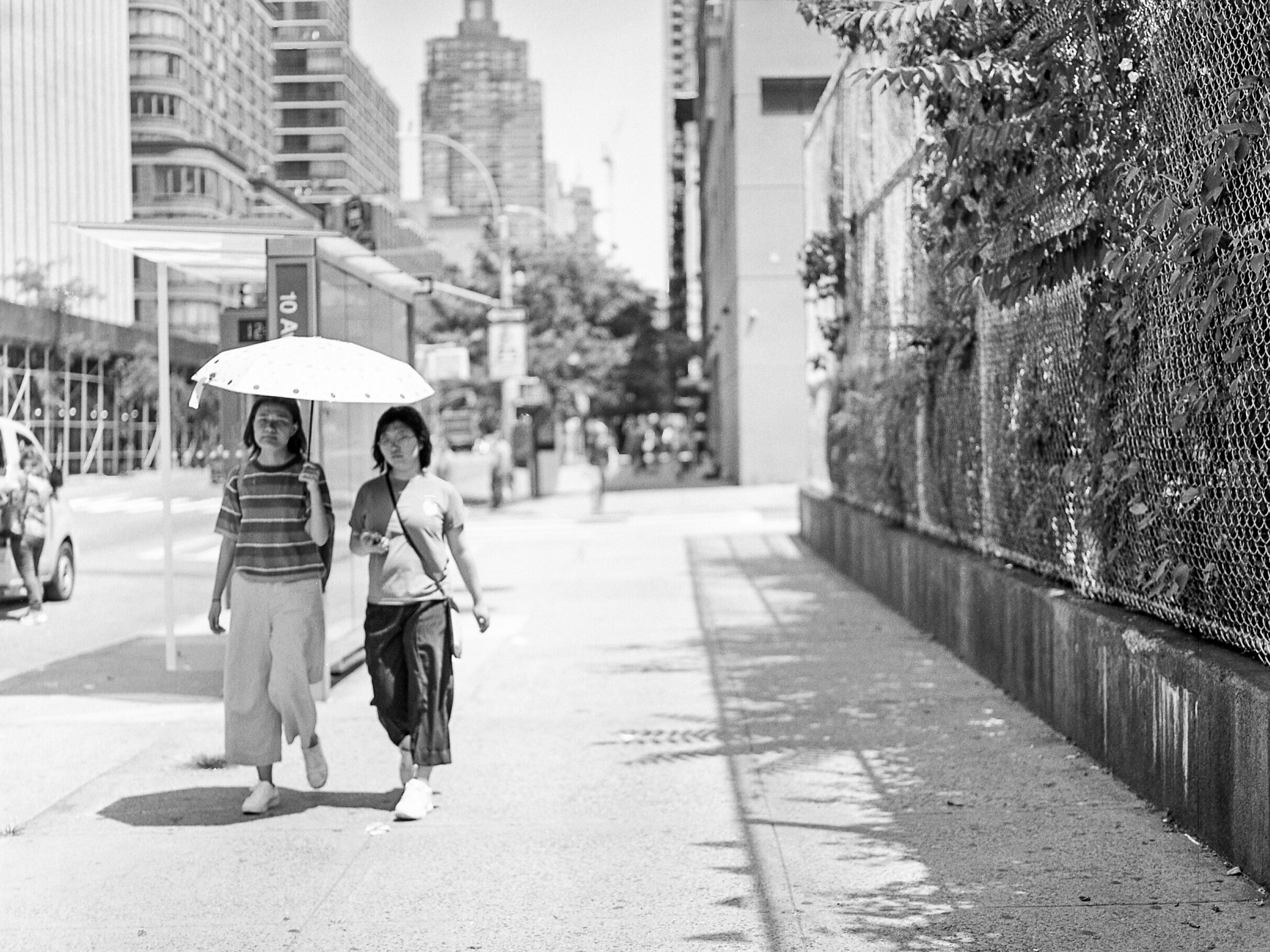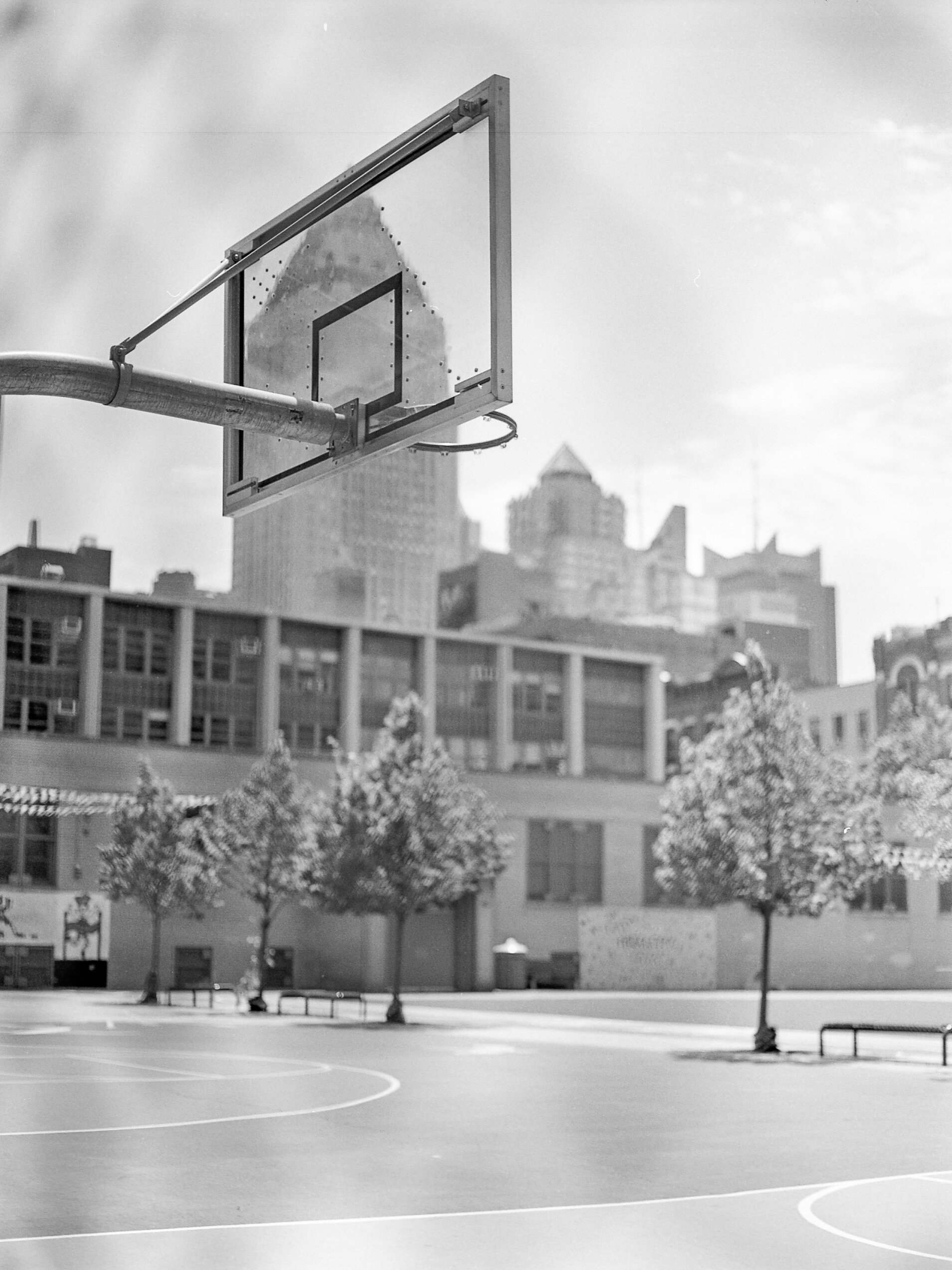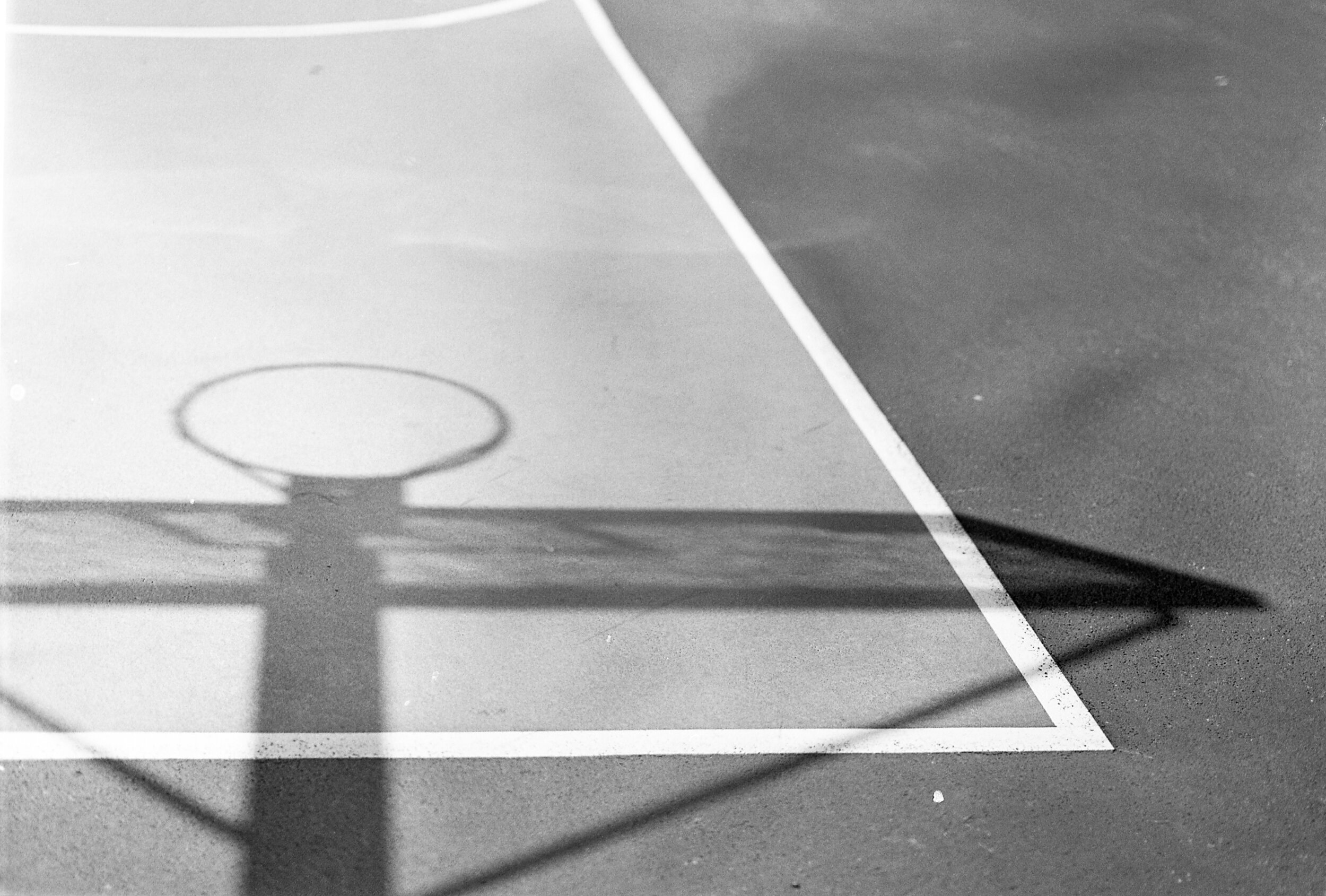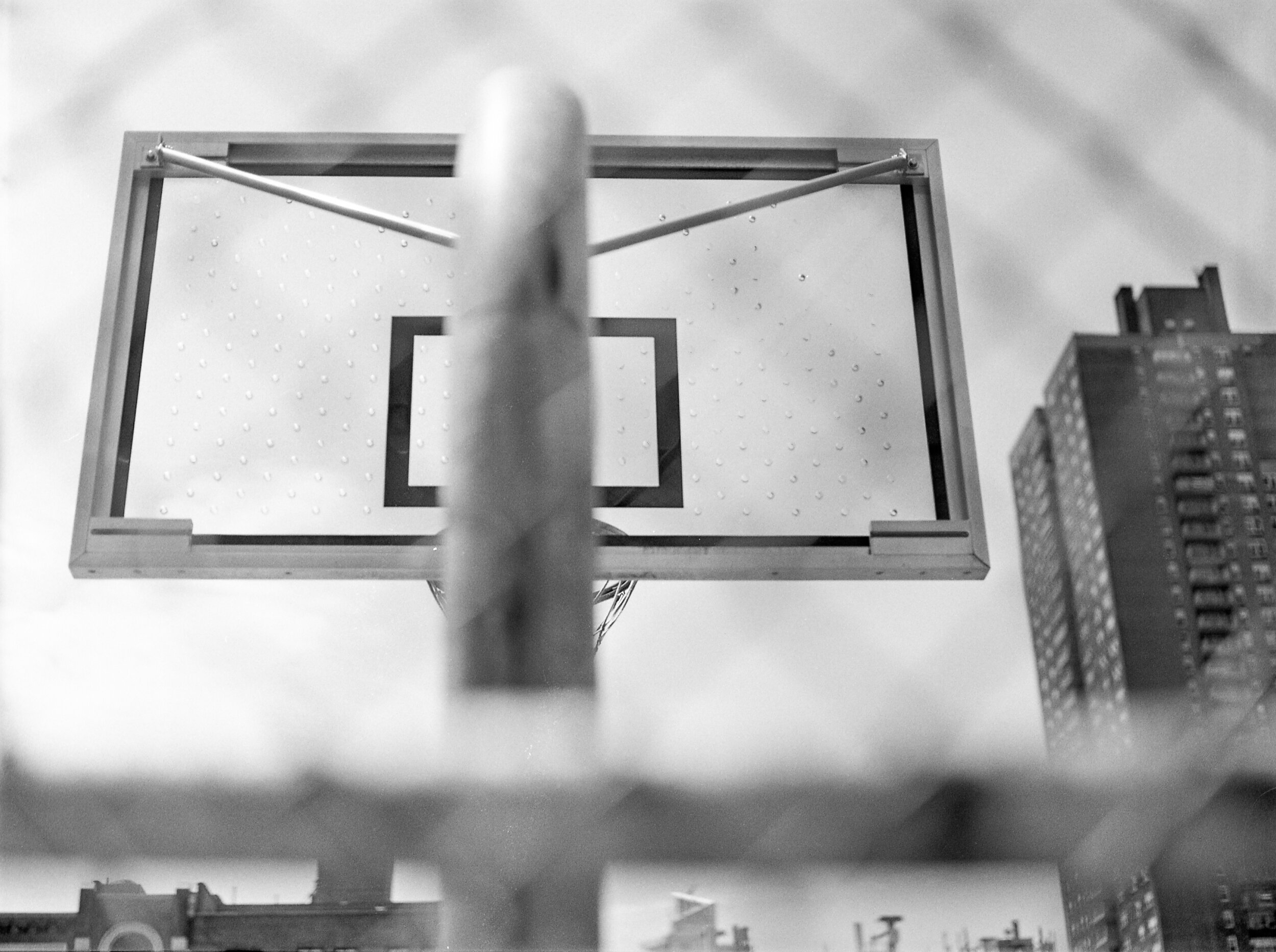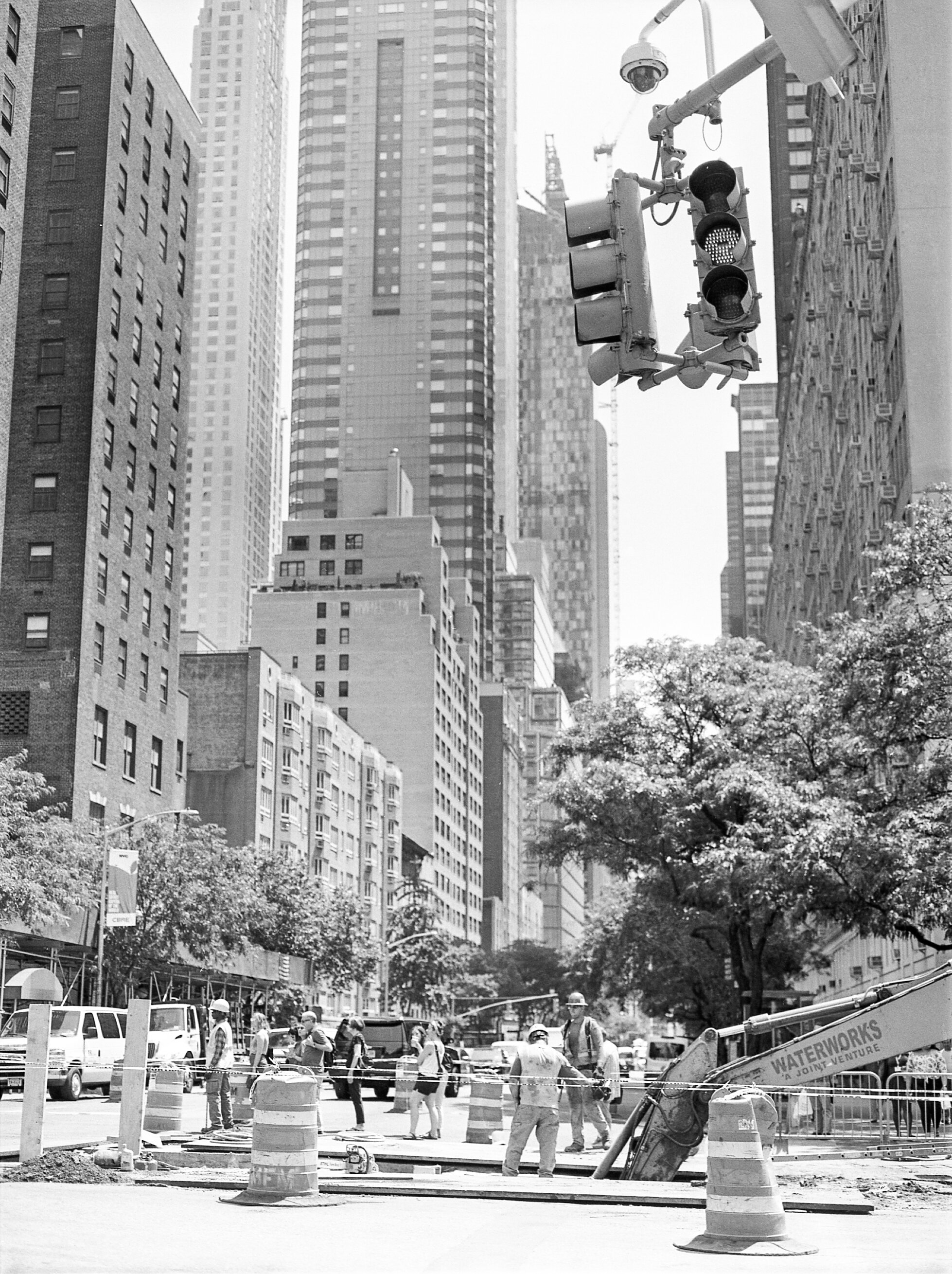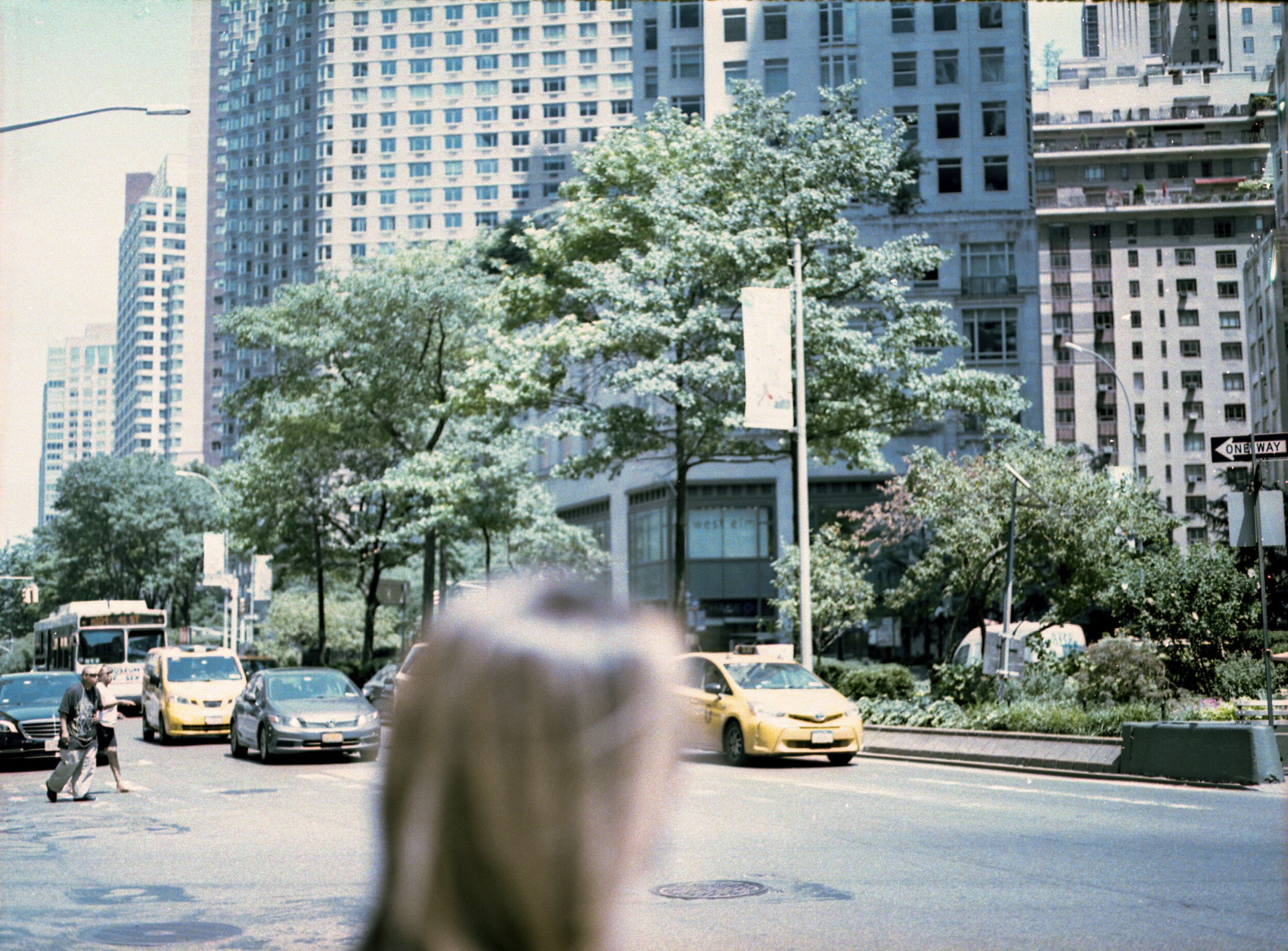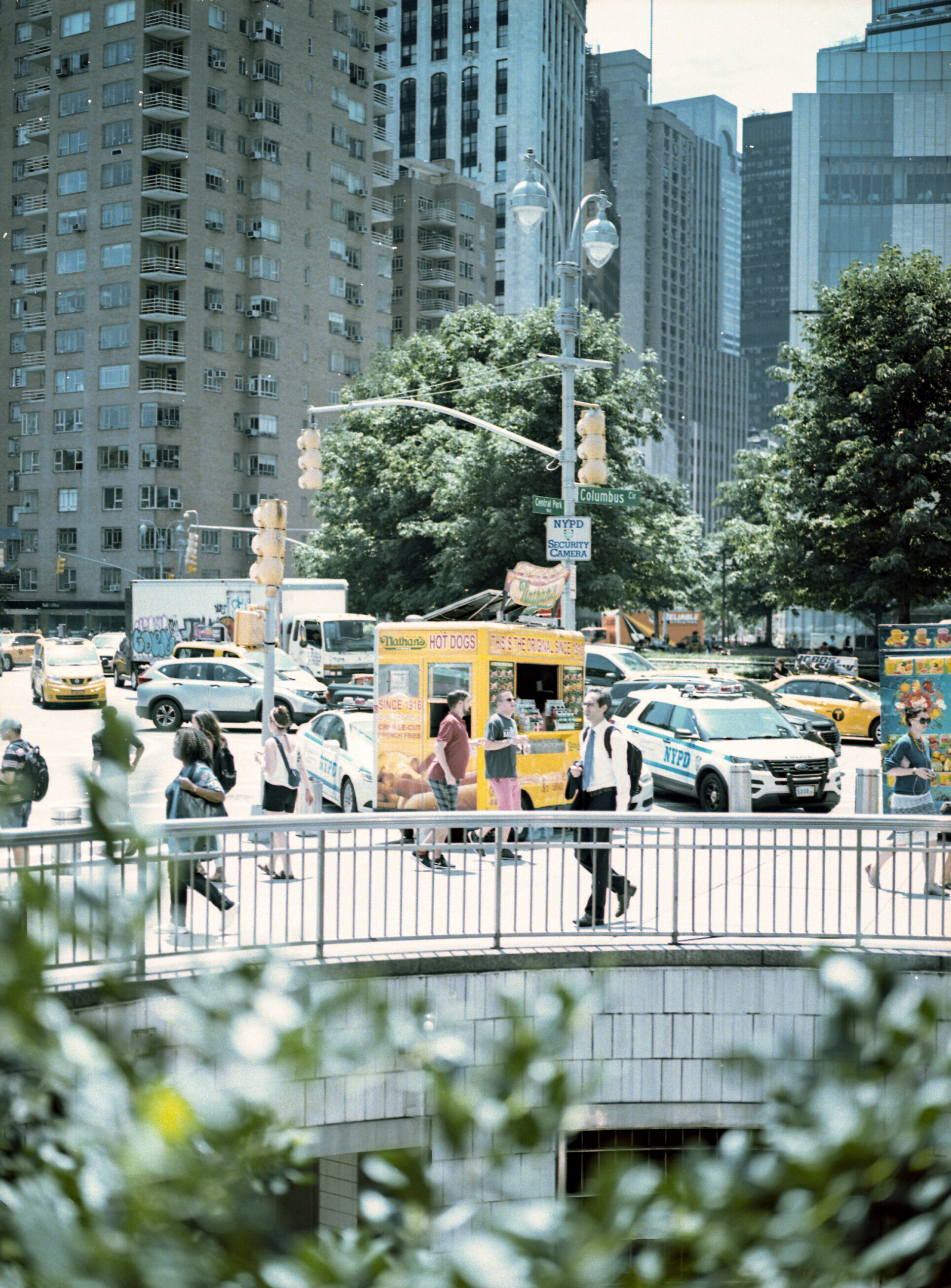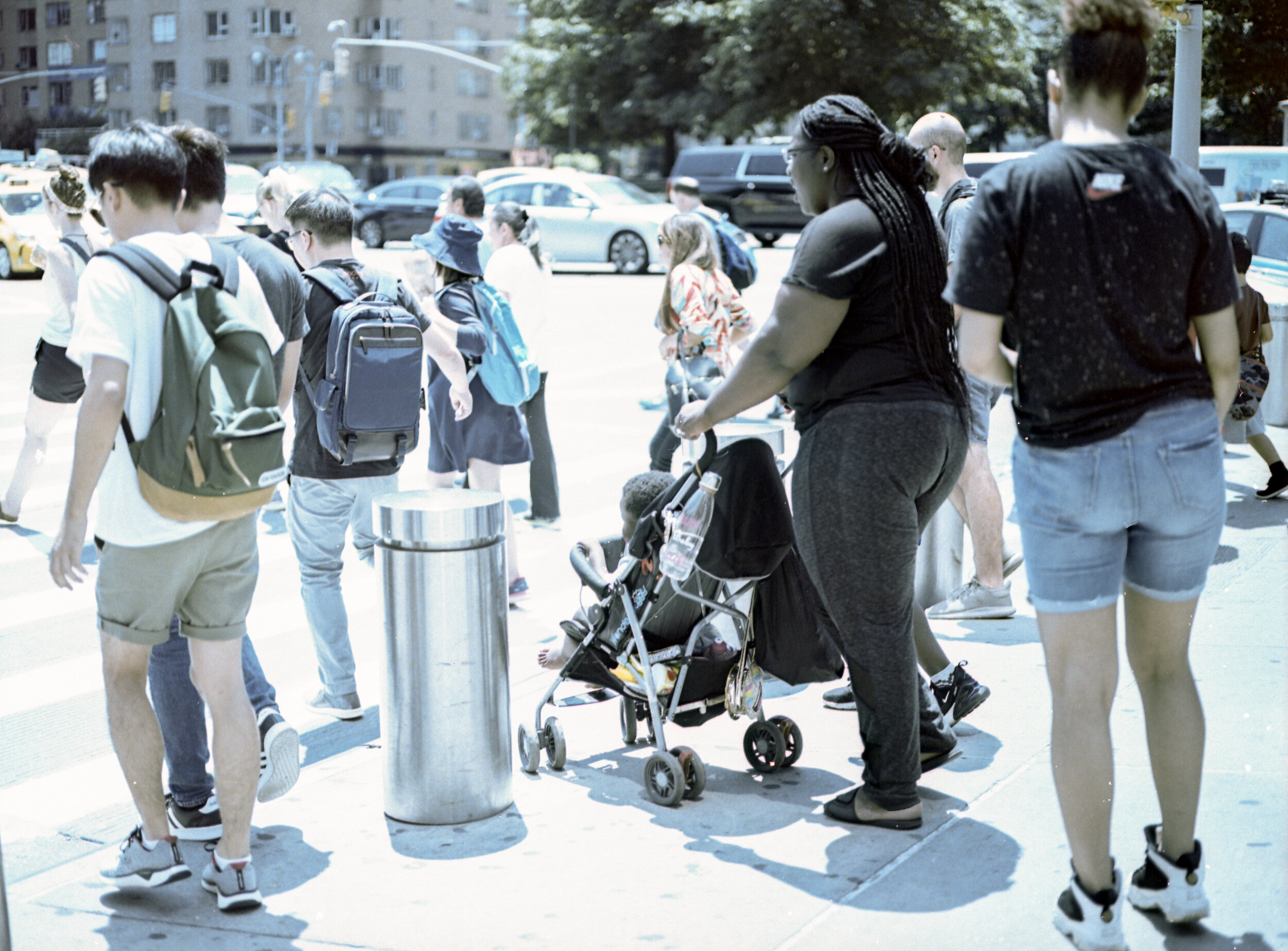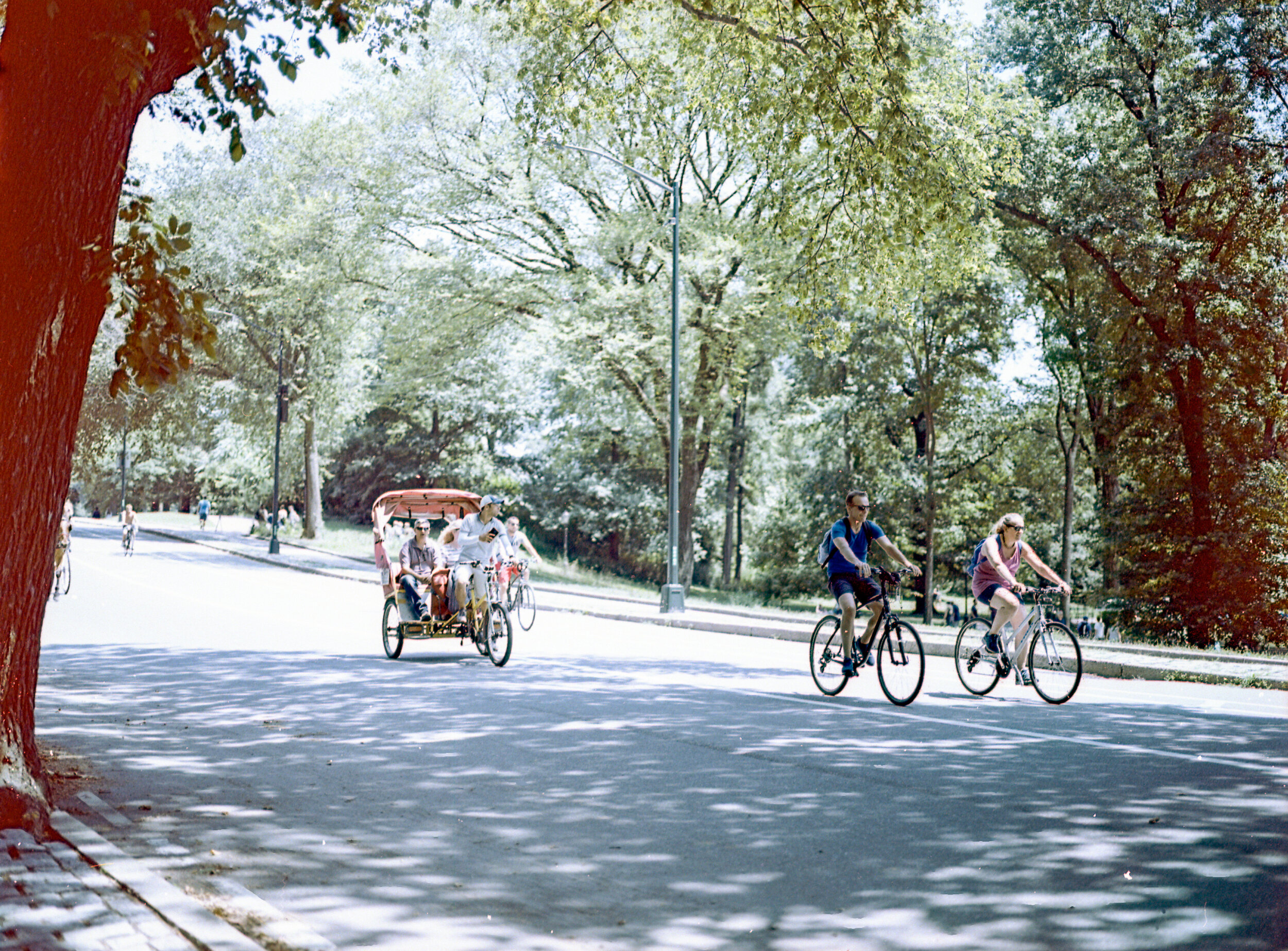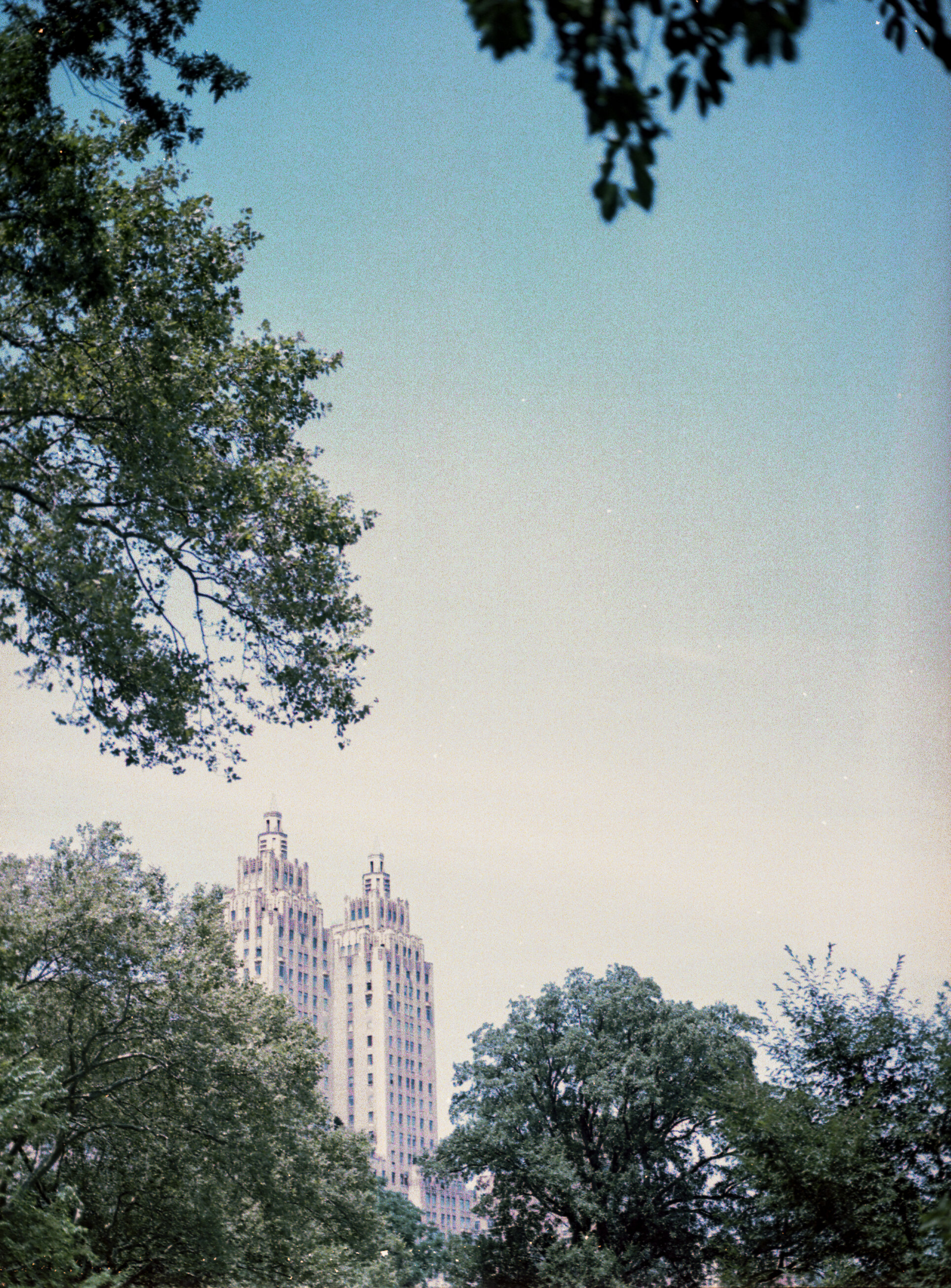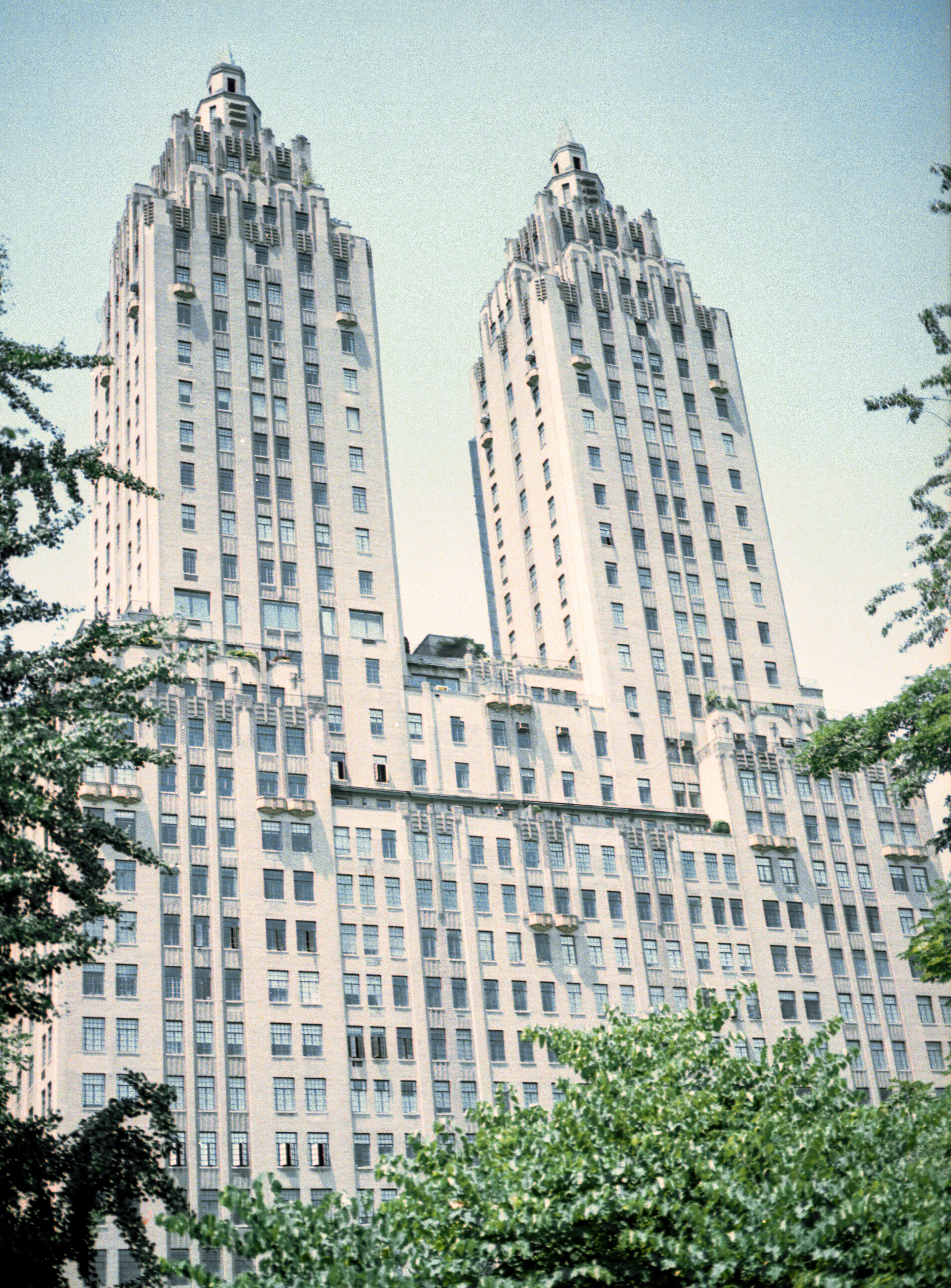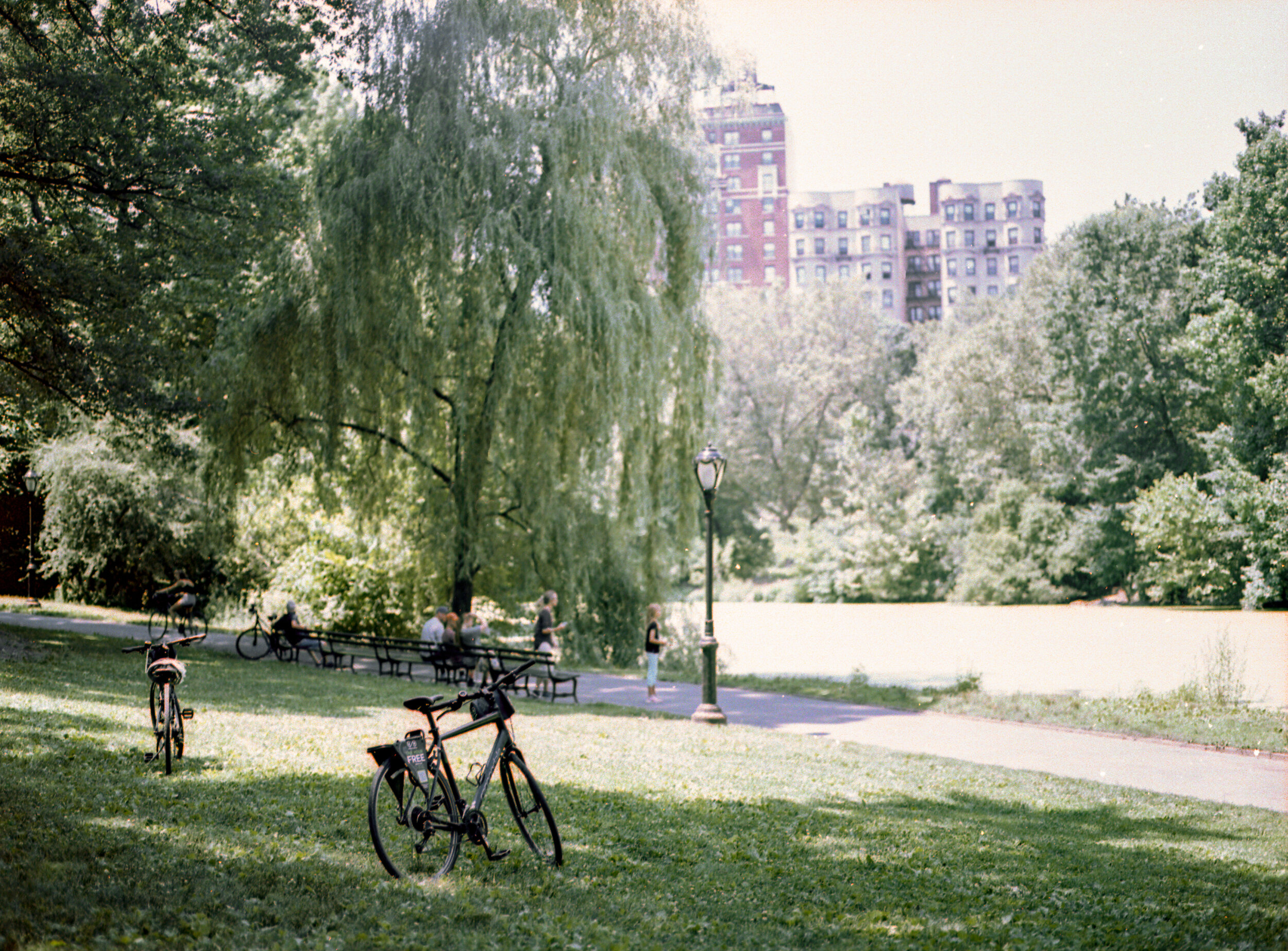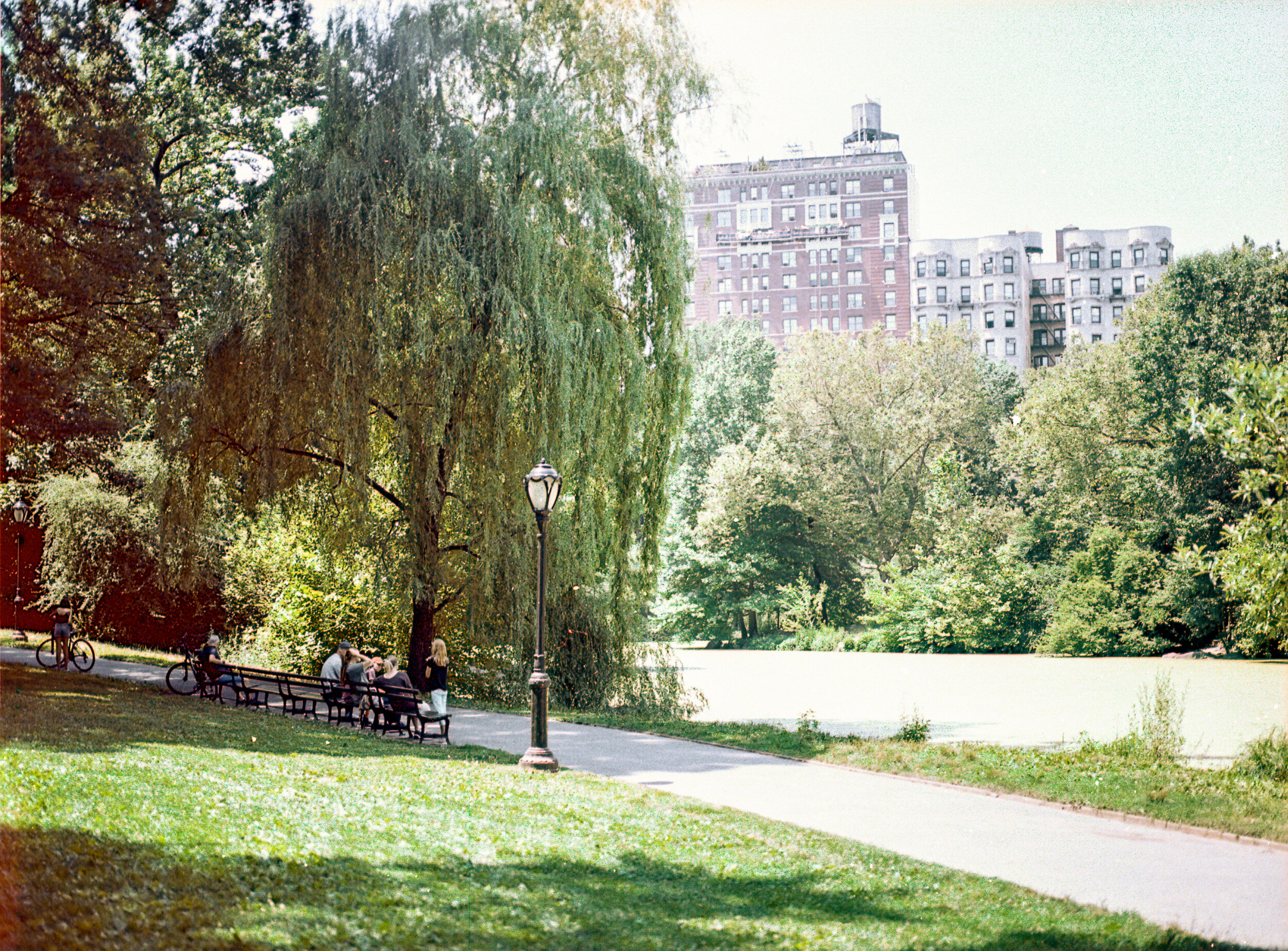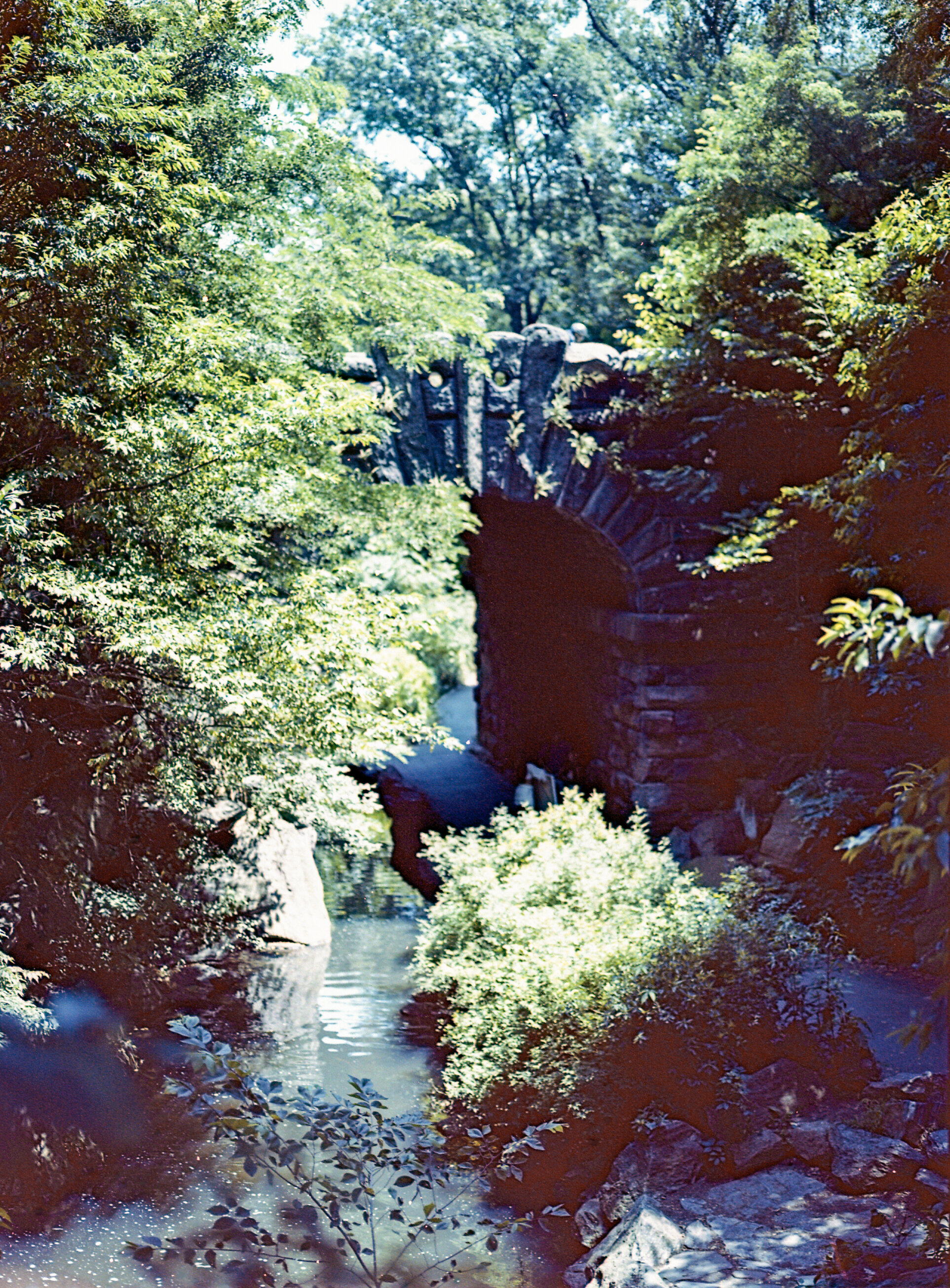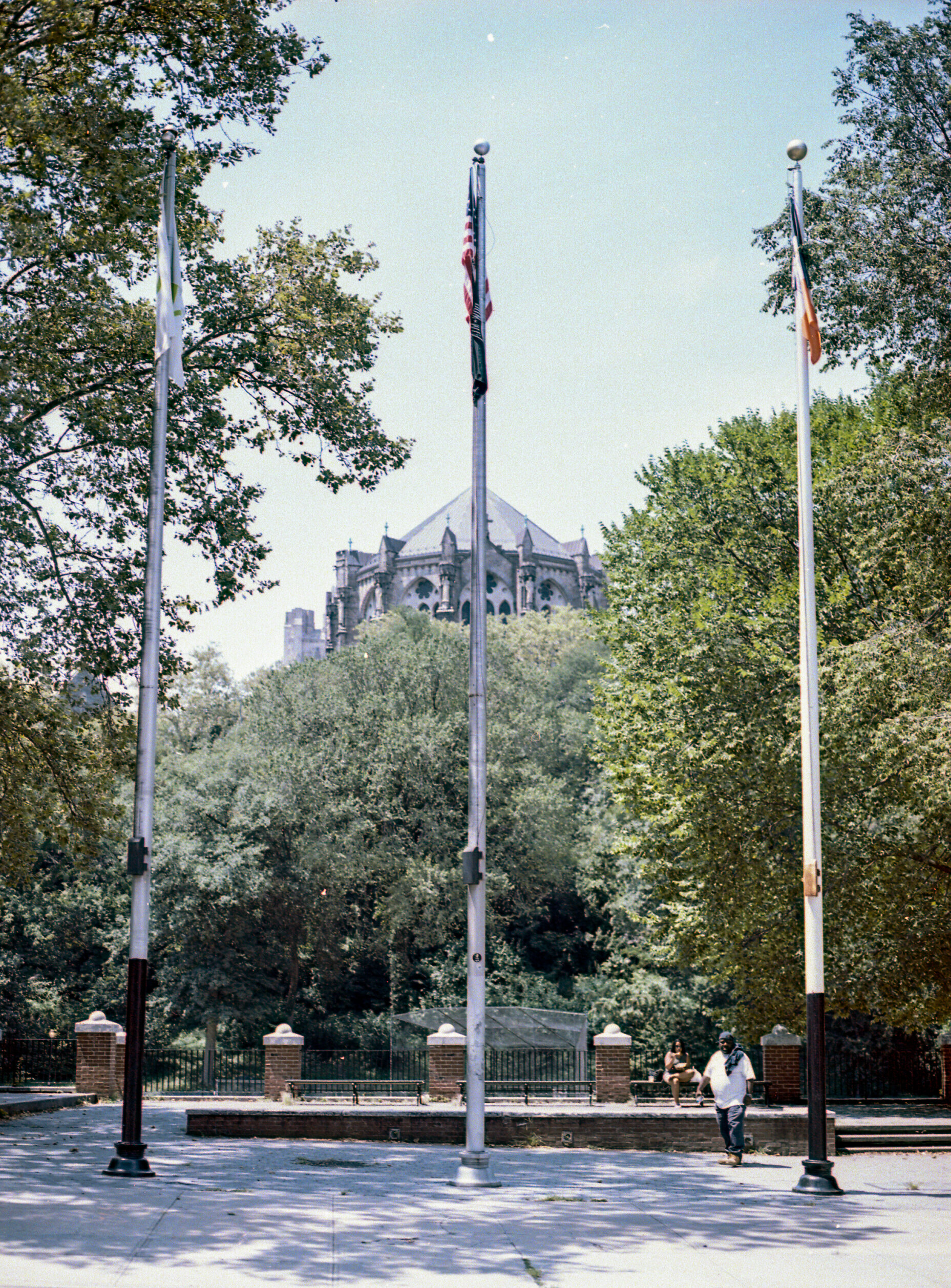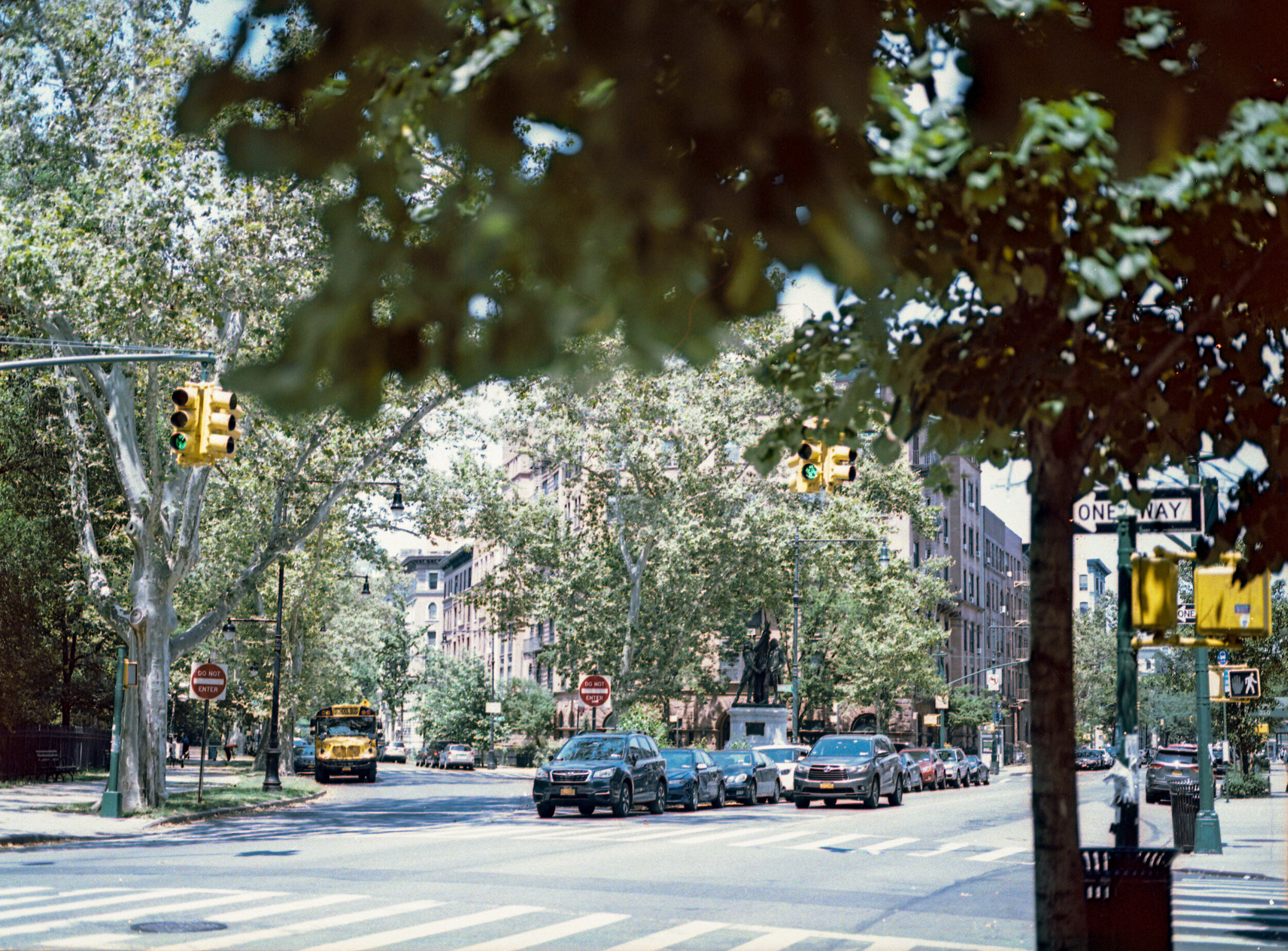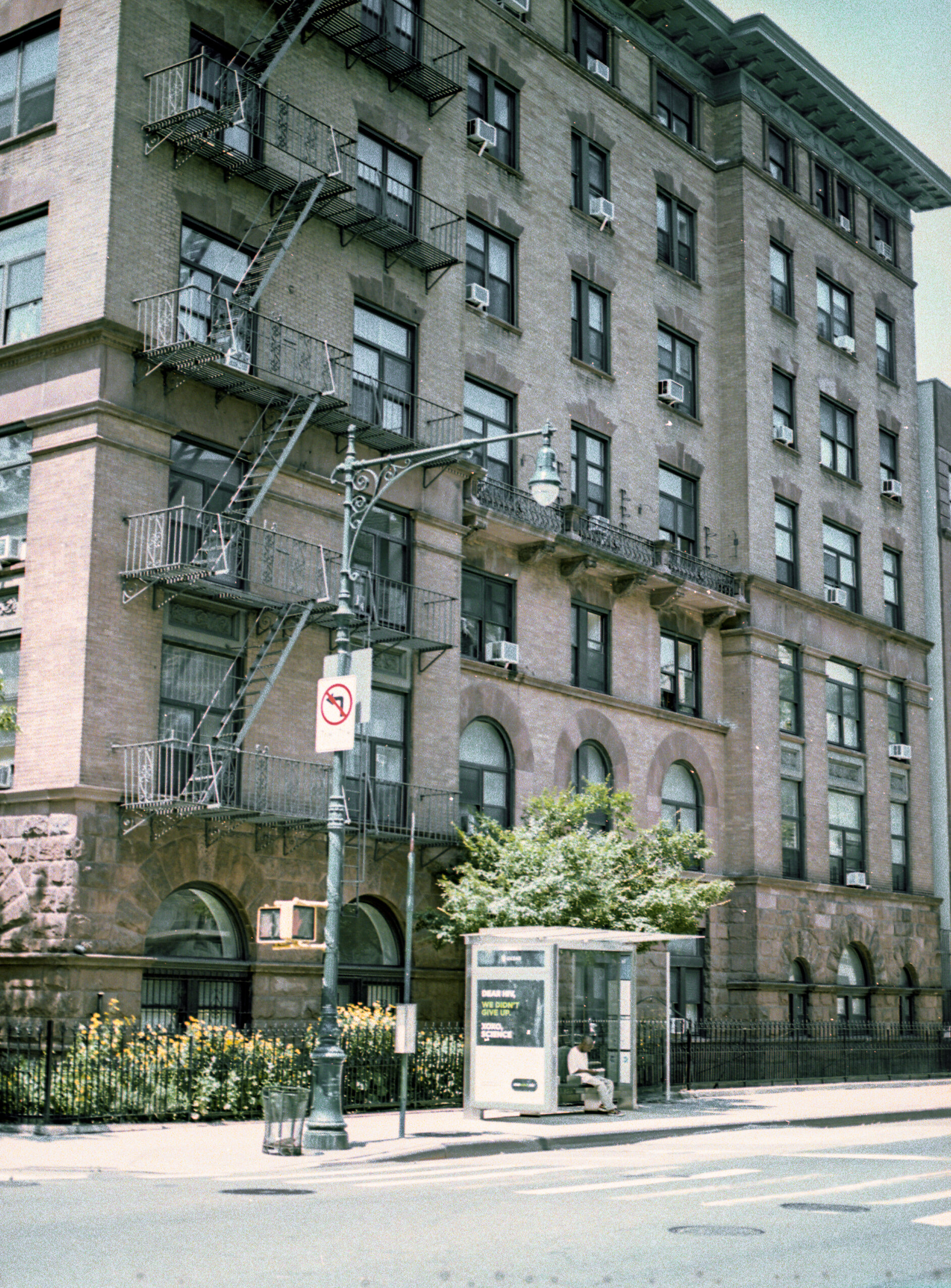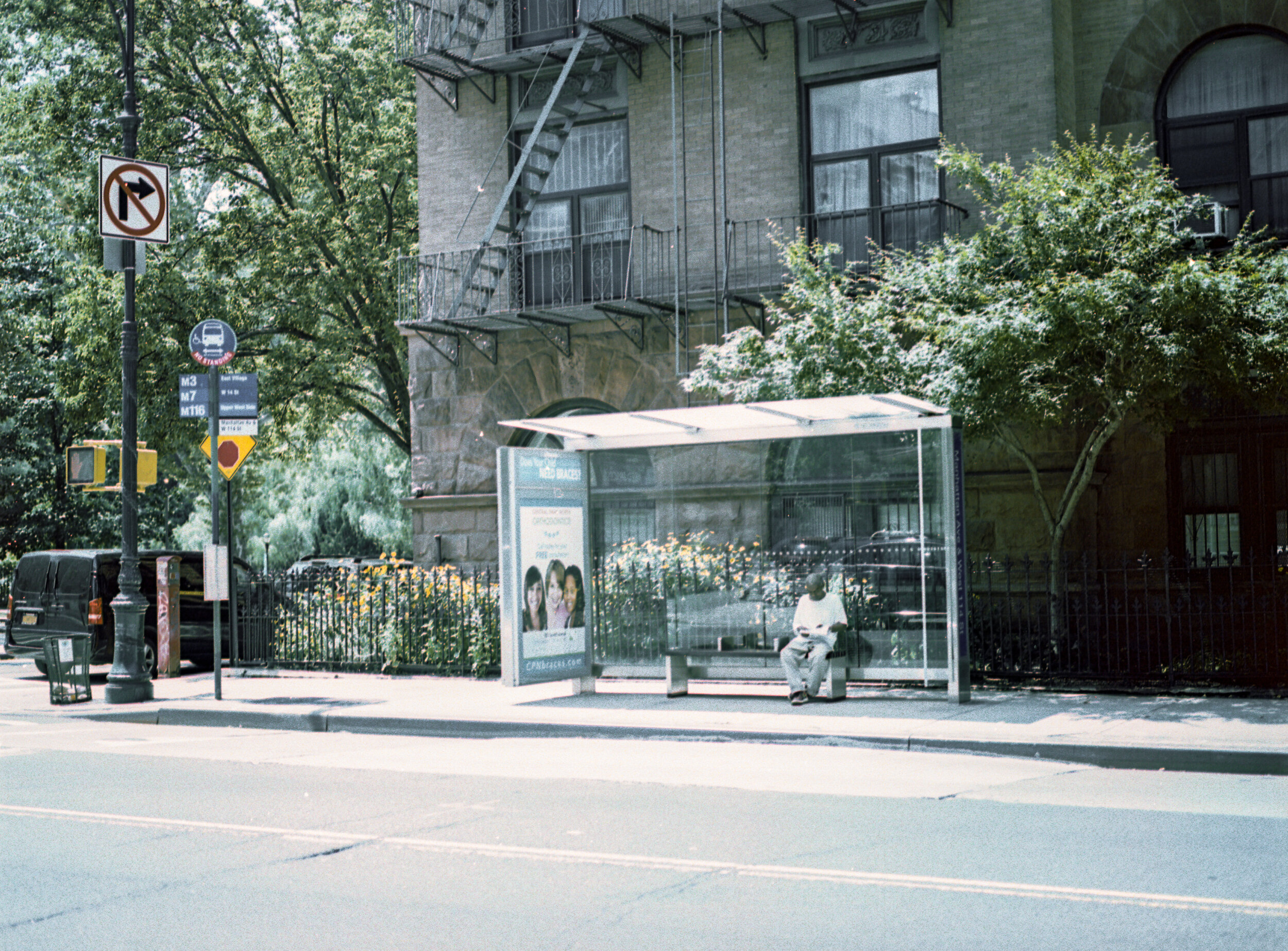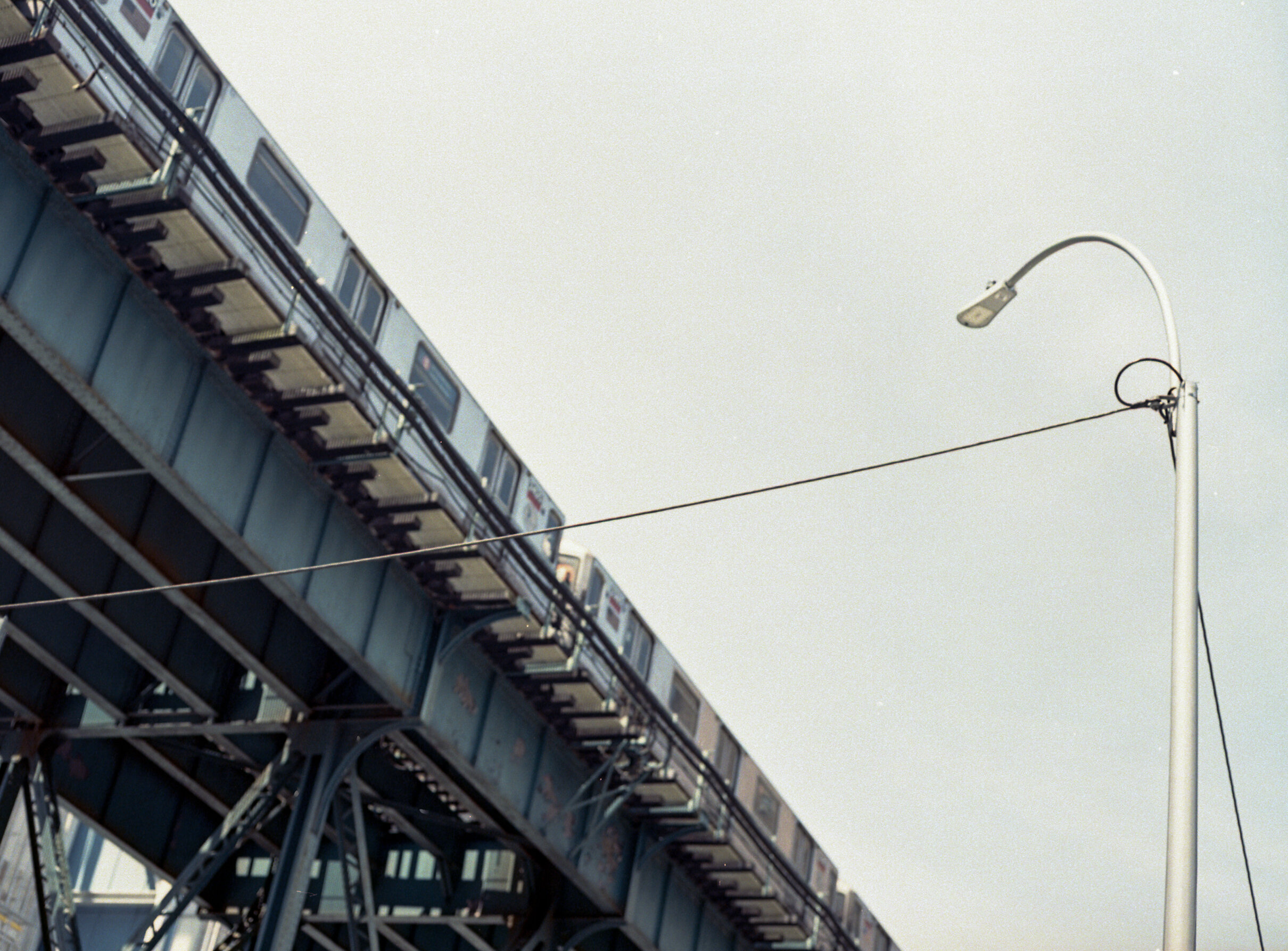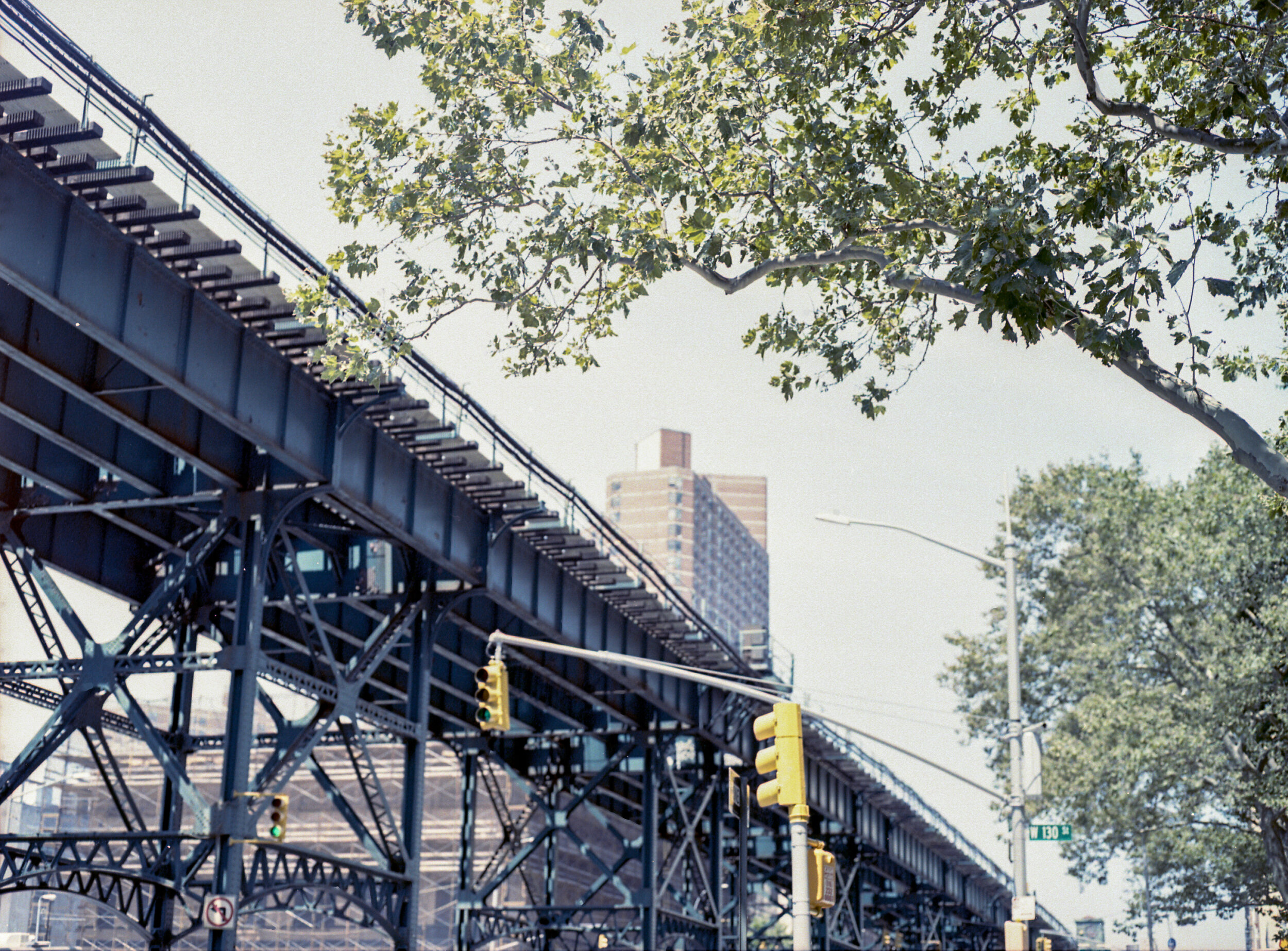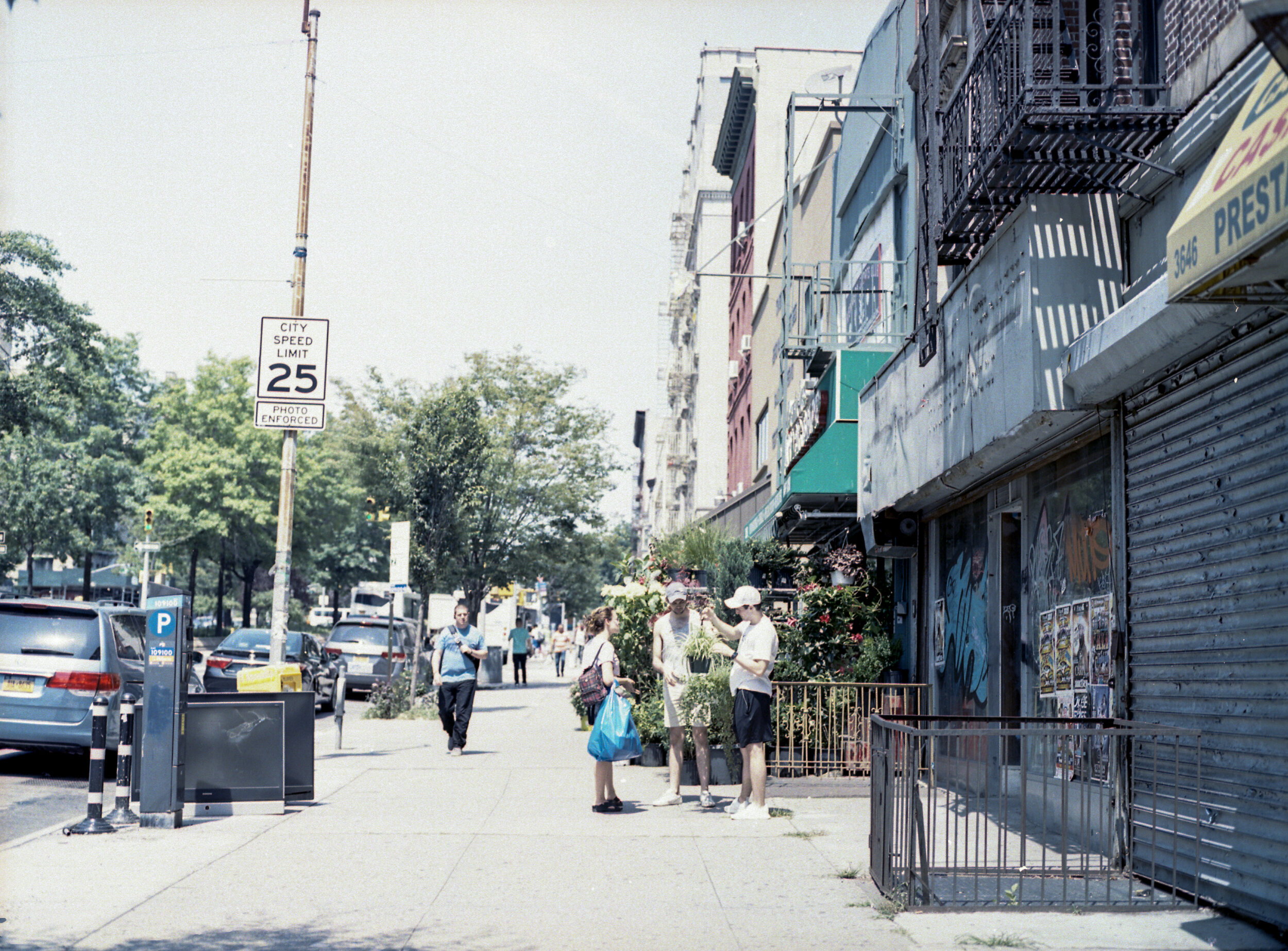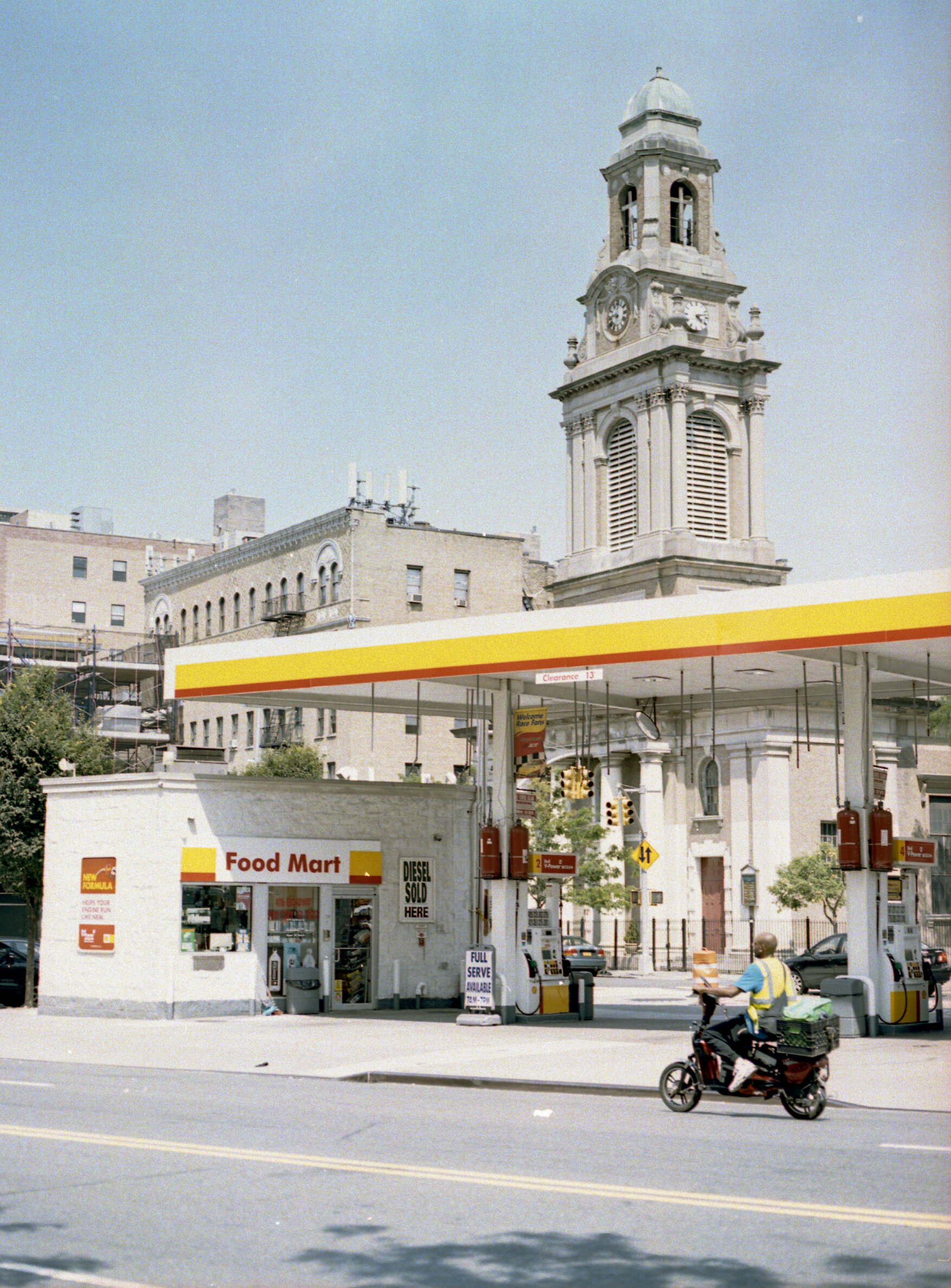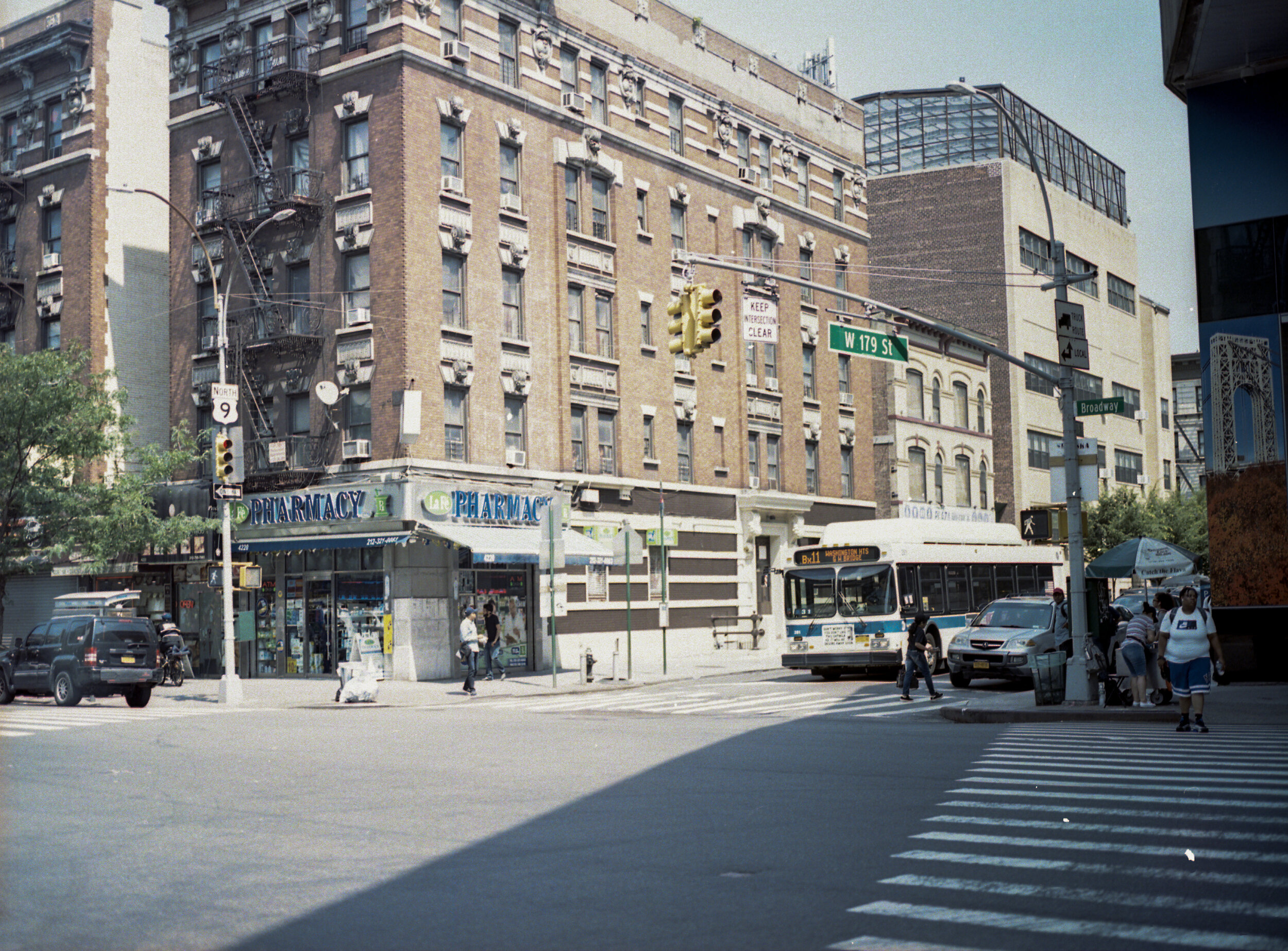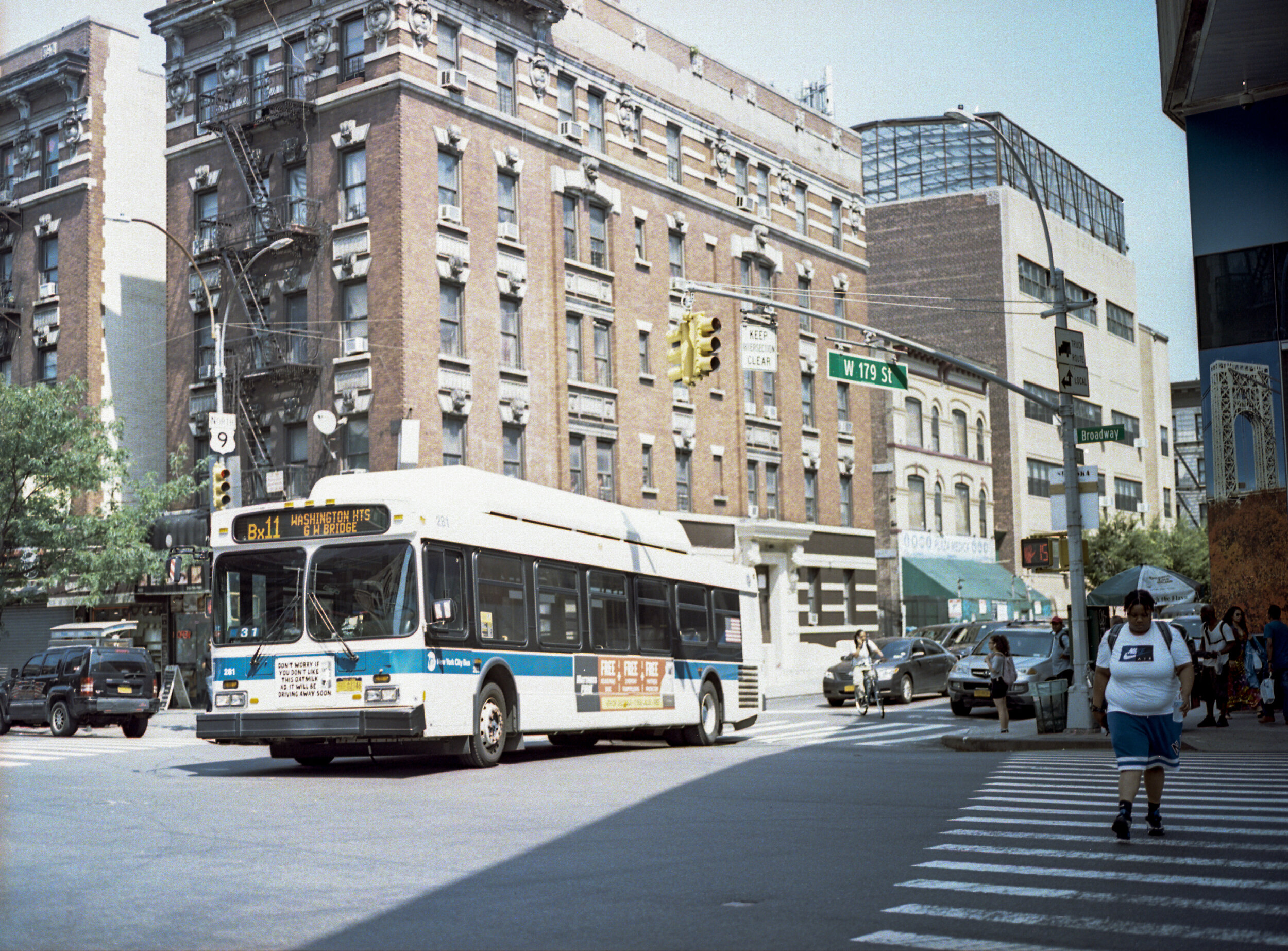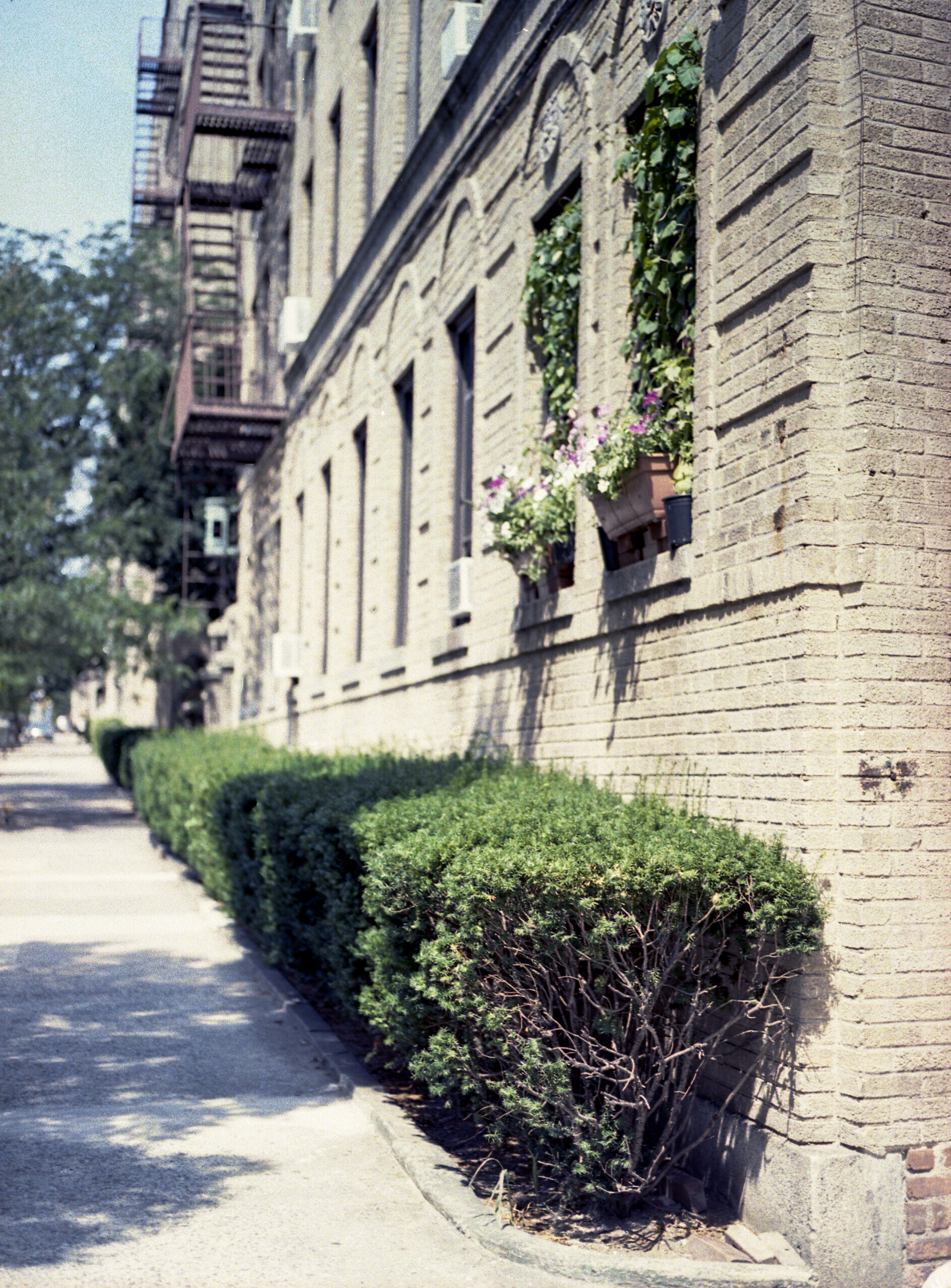Mindfulness in Manhattan: A Walk to Change Perspective
[At the time I wrote this in August] Over the weekend I went to an out-of-town concert by myself. Not only that, but this was a “no phones” show (Thanks, Jack White.) Just past security, we all had to put our cell phones in locked pouches which could only be unlocked in certain emergency locations. The purpose? To ensure that everyone be fully present and engaged with the music, not trying to record the best soundbite to share to Instagram. At first, I was a little disconcerted. The prospect of being in a crowd, by myself, with no means of communication was a little unnerving. Even when I’ve traveled by myself I’ve always had my phone on me. Between sets I had nothing to do but observe the people around me, pass time lost in my thoughts, and slyly move through the crowd to get closer to the stage. As I did so, I realized just how much I needed the disconnection. Not from communication entirely, rather from the need to capture and present every facet of my experience.
As someone who brings in the majority of her business from social media, I’ve slowly fallen into the trap of needing to post about each photoshoot, each meal, each little excursion in order to maintain my online presence and build the personality of my brand. But at what point do I then stop enjoying my life for its own sake and start doing things just for attention?
“At what point do I then stop enjoying my life for its own sake and start doing things just for attention?”
Traveling, in particular, has time and again led me to that question. Did I order that steak tartare in France just for the ‘gram or do I actually want to eat it? (Tartare makes for terrible photos but is, in fact, delicious. Next question, please.) Did I rent a car and drive through Northern Spain for a good story? (Yes, but if the primary aim was to swap amusing stories with my well-traveled grandparents then no harm done.) Did I stay up till 3am sharing my blog posts to my Instagram story while in Ireland with my family rather than resting up to enjoy another full day? (Yes, and boy could I have used that sleep.)
When Dad and I went to Manhattan for a day in July, spending our afternoon walking the 160 blocks from Penn Station to the Cloisters, I was able to take that question one step further: even in a public sphere, when is it time to put the camera away not only to be more present myself, but to allow my prospective subjects to maintain their privacy?
In my business work it’s fairly cut and dry - my clients come to me wanting photos and so I provide them. Occasionally I will have moments when I exercise discretion - a bride needing a moment to mourn a departed loved one, for instance. These raw, emotional photos are coveted among the masses of photographers and garner enormous attention within our Facebook groups, but (if the couple is not expressly comfortable with this situation) at what cost? Surely, privacy in grief, particularly on such a monumental day, comes first. Does this not also translate into street photography?
[Not at all rhetorical, I still haven’t landed on a precise answer here. My solution for now is to use these questions as a guide to address each potential photo individually. That may sound like overkill, because if I sit and stare at a situation running through each question then likely the photo opportunity will have already passed. But, just like any skill practiced thousands of times, the process has now become so intuitive that I’ve learned to address these questions in a matter of milliseconds.]
When we set off at 33rd I thought nothing of it. I had 5 rolls of film with me and I intended to use them all. I went through the first one quickly as we walked through Central Park, delighting in the high contrast provided by the beating sun.
I wound my third roll - now expired color - as we entered Harlem, easily rolling the film while we kept walking. I noticed some strange looks, but that’s not uncommon. I can’t fault anyone for thinking it a bit odd, even uncomfortable, for a random stranger on the street to be taking another stranger’s picture, especially with my bulky 645.
Just a few blocks down Amsterdam Ave. I started to notice something: Dad and I were the only white people. For the first time in my life I was the minority, and I would be lying if I said it didn’t disconcert me. I have always made an effort to ensure that my travels are educational as well as pleasurable. Lately, I have dwelled on how to use my platform for positive change, how I can be an ally and aid in inclusion and representation for marginalized groups - whether people of color, those within the LGBT community, women in general. I am a straight, white woman who has enjoyed a fair amount of privilege, and so I’ve been self-conscious about vocalizing this need for inclusion. Not because I don’t wholeheartedly believe in equality, but for fear of seeming hypocritical. How can I profess to know how someone who has grown up oppressed, outcast or maligned feels? But fear of social criticism is no reason to stay silent and so this year I’ve started exploring how I can best use my own resources and knowledge to help those underserved. It seems that first, before any potential savior complex could get in the way, the Universe knew I needed a lesson in humility.
As we walked the next couple of blocks, I saw several vignettes and quite a few people that I would’ve liked to photograph. But, for the first time in a while, I questioned myself. Why did I want to photograph each person - what made them seem interesting? What if they got mad at me? In publishing their images, would I be taking something away from them?
Therein lies the crux of the question: In walking into someone else’s community (and here I mean any community in which I am not expressly invited) - their safe space - and capturing their likeness through my own personal voice (and therefore bias) am I unintentionally taking away from their ability to tell their own narrative?
My intention when photographing strangers is to celebrate - identity, community, our differences. But, well-intentioned that I may be, is it still arrogant to walk into someone else’s community and begin creating art which will still be used in part to promote my own business? More over, in this era when racial tensions are high and prejudice runs rampant (I say “in this era”, but has it ever been any different?), could my voyeurism be misconstrued as an attempt to divide? As I am the outsider in this equation, I don’t know that I get to answer that question. I don’t get to tell someone that I did not, in fact, make them uncomfortable if they’ve told me I have.
So, I put the camera away. In part for the reasons above, and in part also because I wanted to internalize this experience of being “other” so I could better understand how others might feel.
Eventually, we turned off of Amsterdam into Broadway to head towards the Cloisters and I picked my camera back up. This time harkening back to my senior research paper where I spent 25 pages examining how photographs can be manipulated along every step of the process and therefore why we as photographers have the responsibility to evaluate what messages our photos are sending and how they may affect people. Particularly in the realms of social justice and cultural equality.
I’ve written this segment in fits and starts because I don’t want it to come off as a humblebrag or something. I am quite often quiet about my political opinions because I have a difficult time verbally articulating them; I’m much more coherent in writing when I can actually organize my thoughts. So this segment is an attempt to open up the dialogue both with myself and those who follow me online as I continue to explore the social, ethical and personal impacts of my photography.
